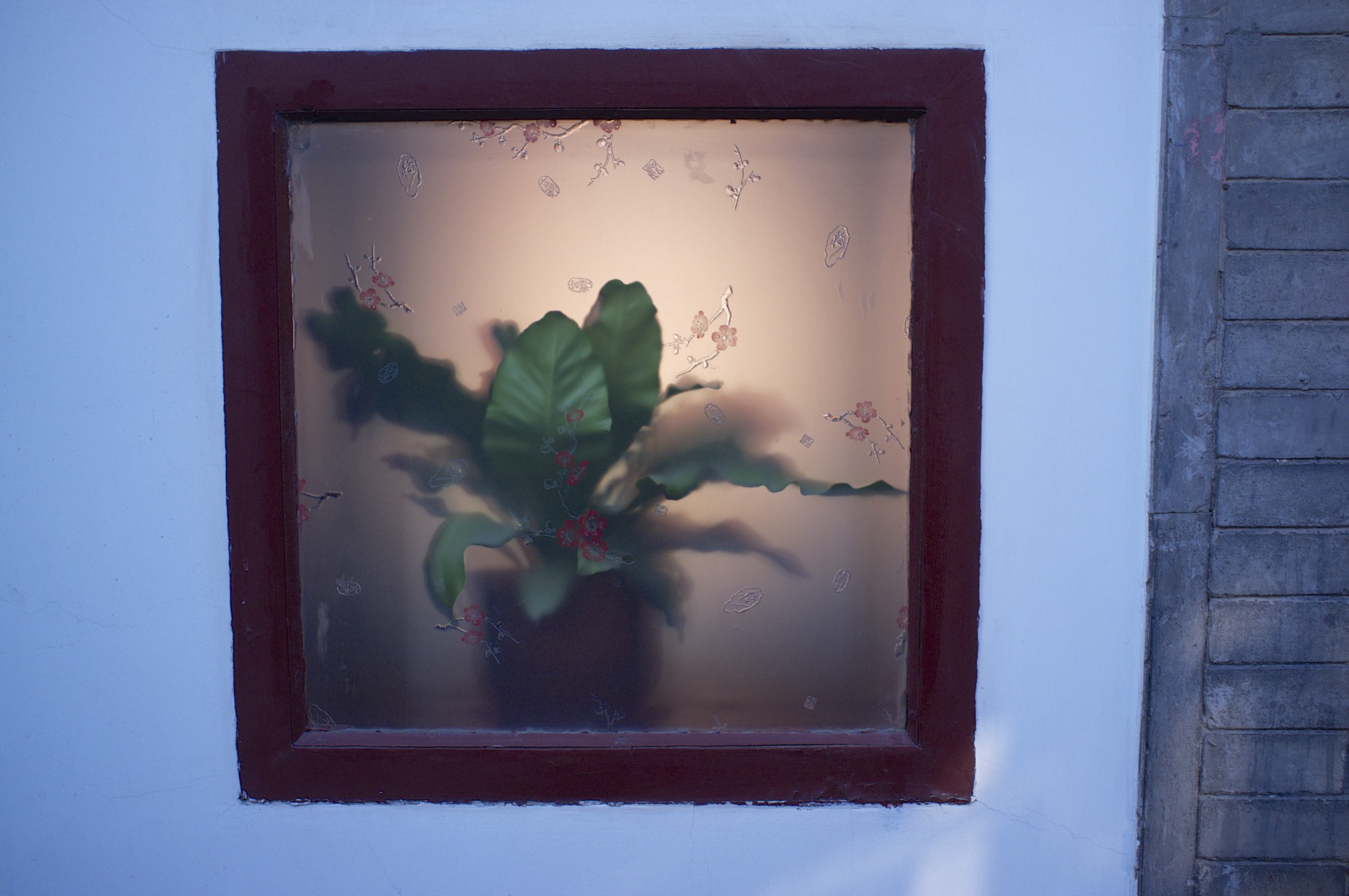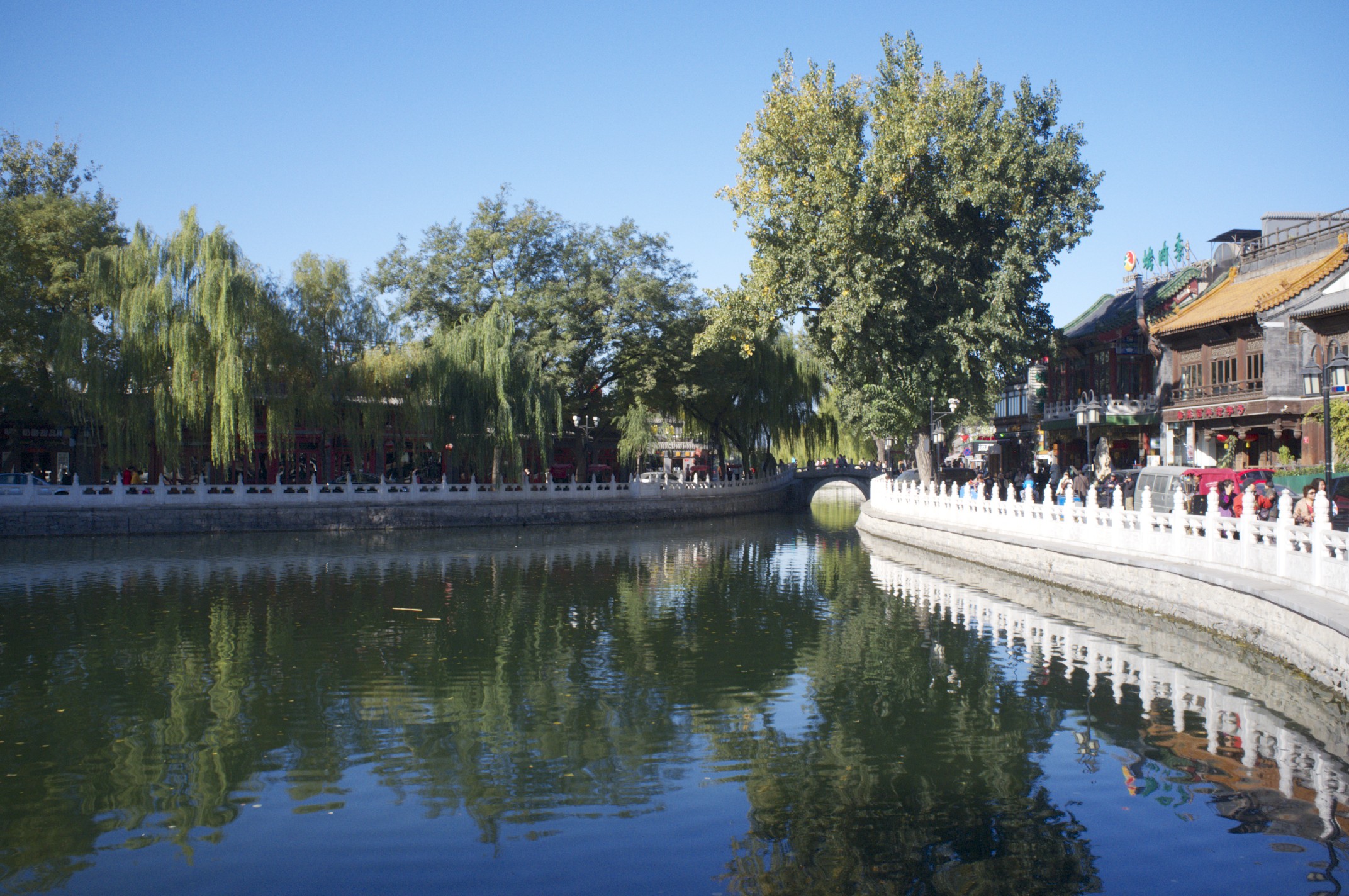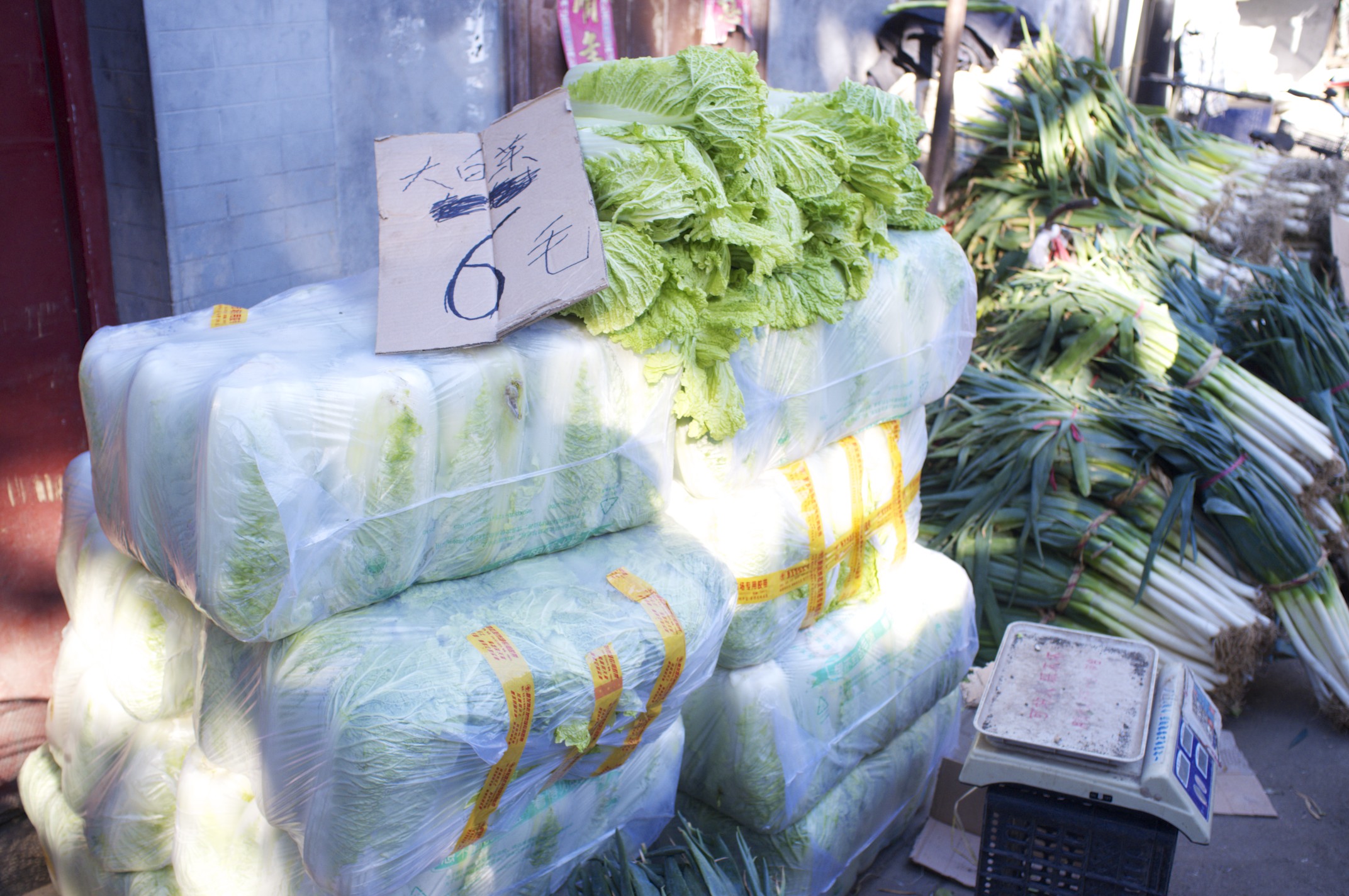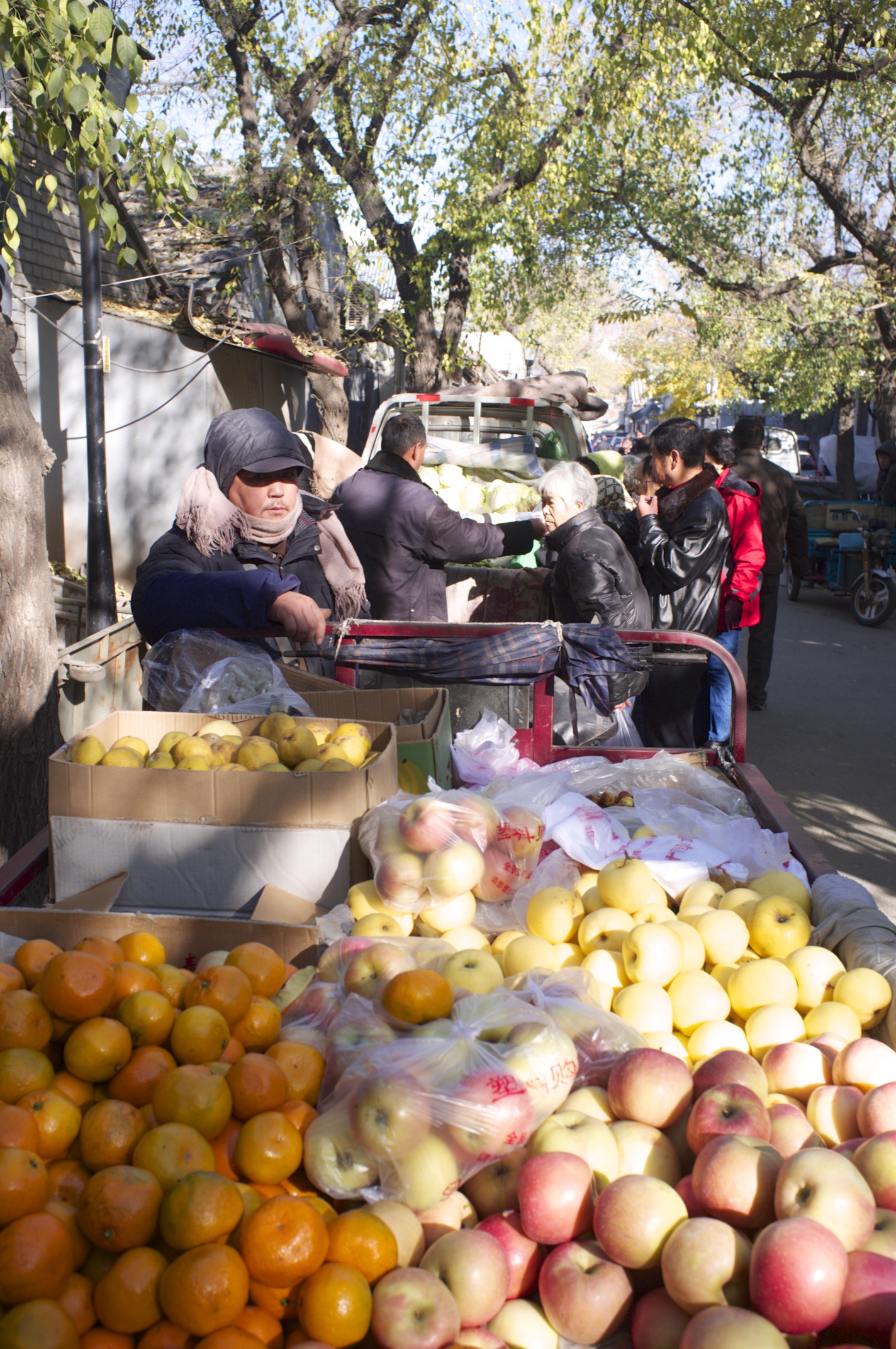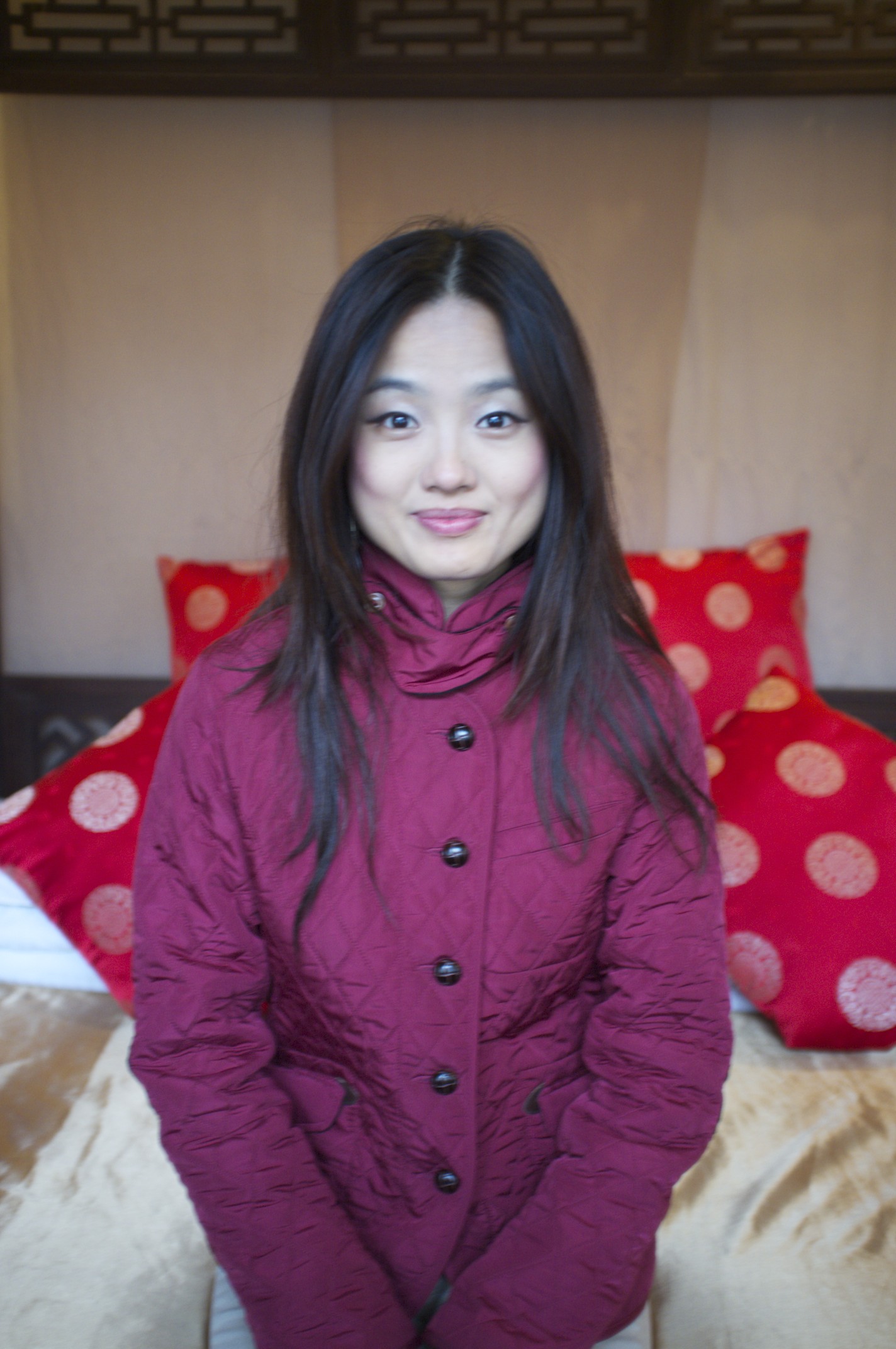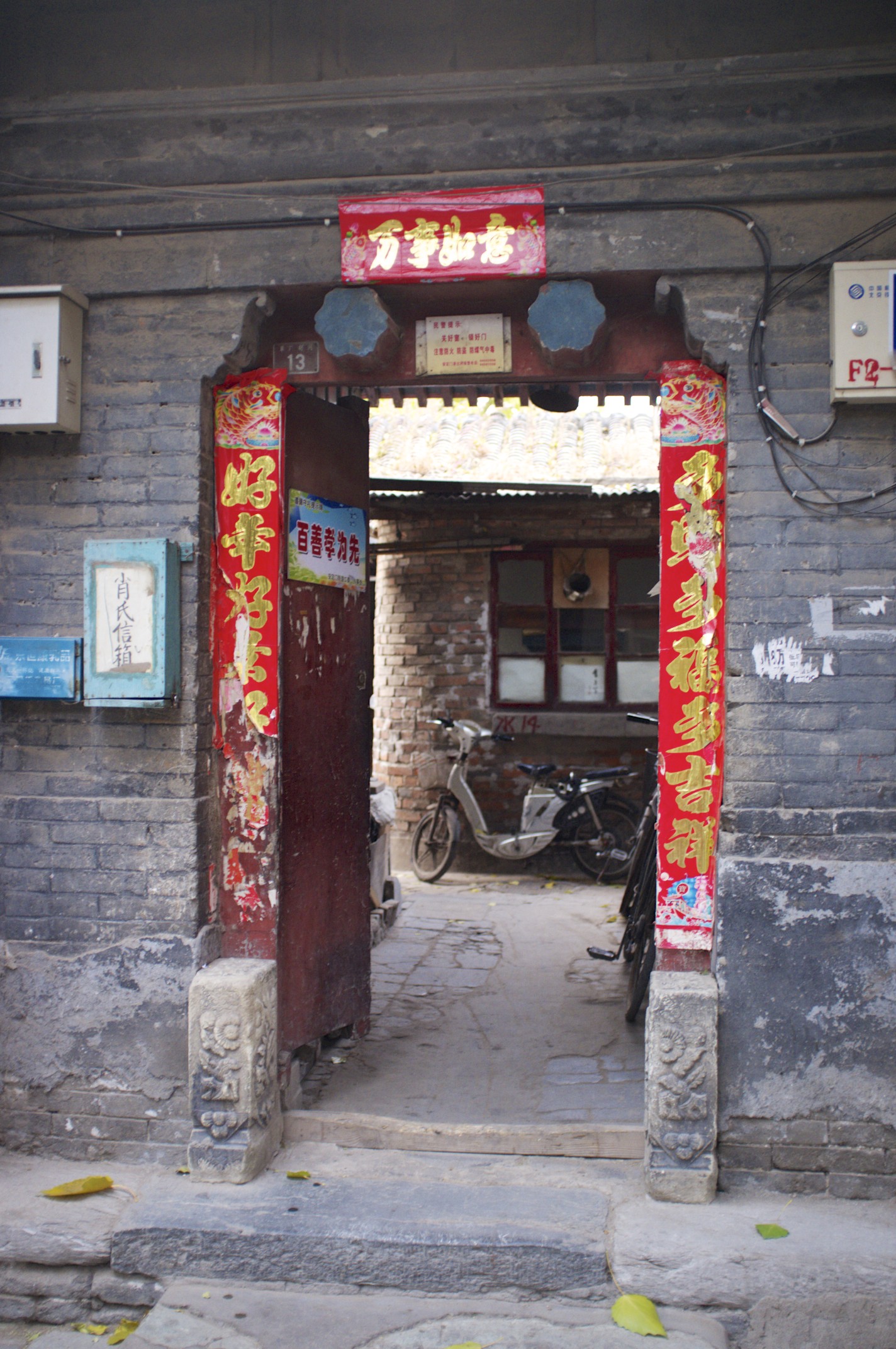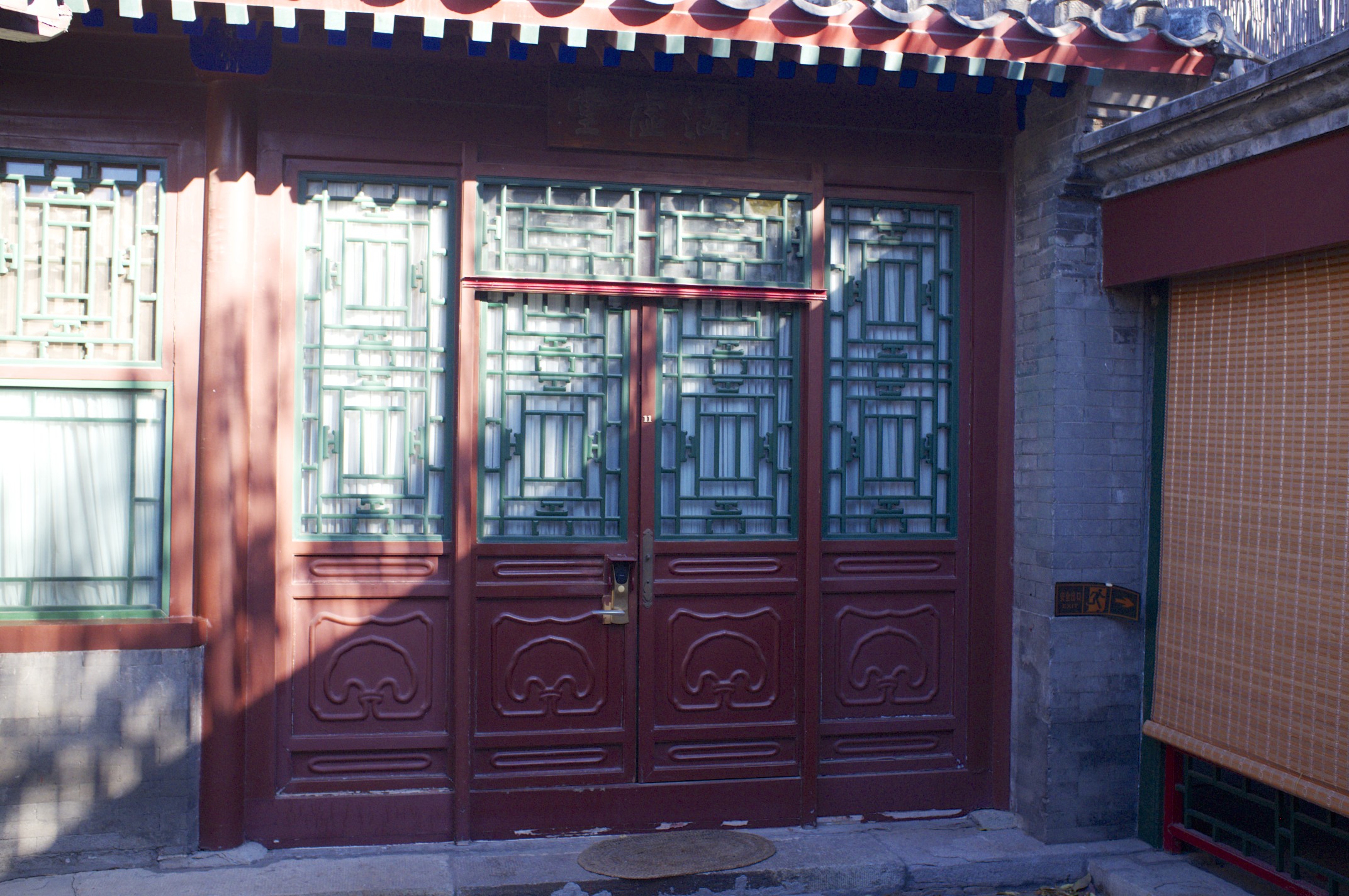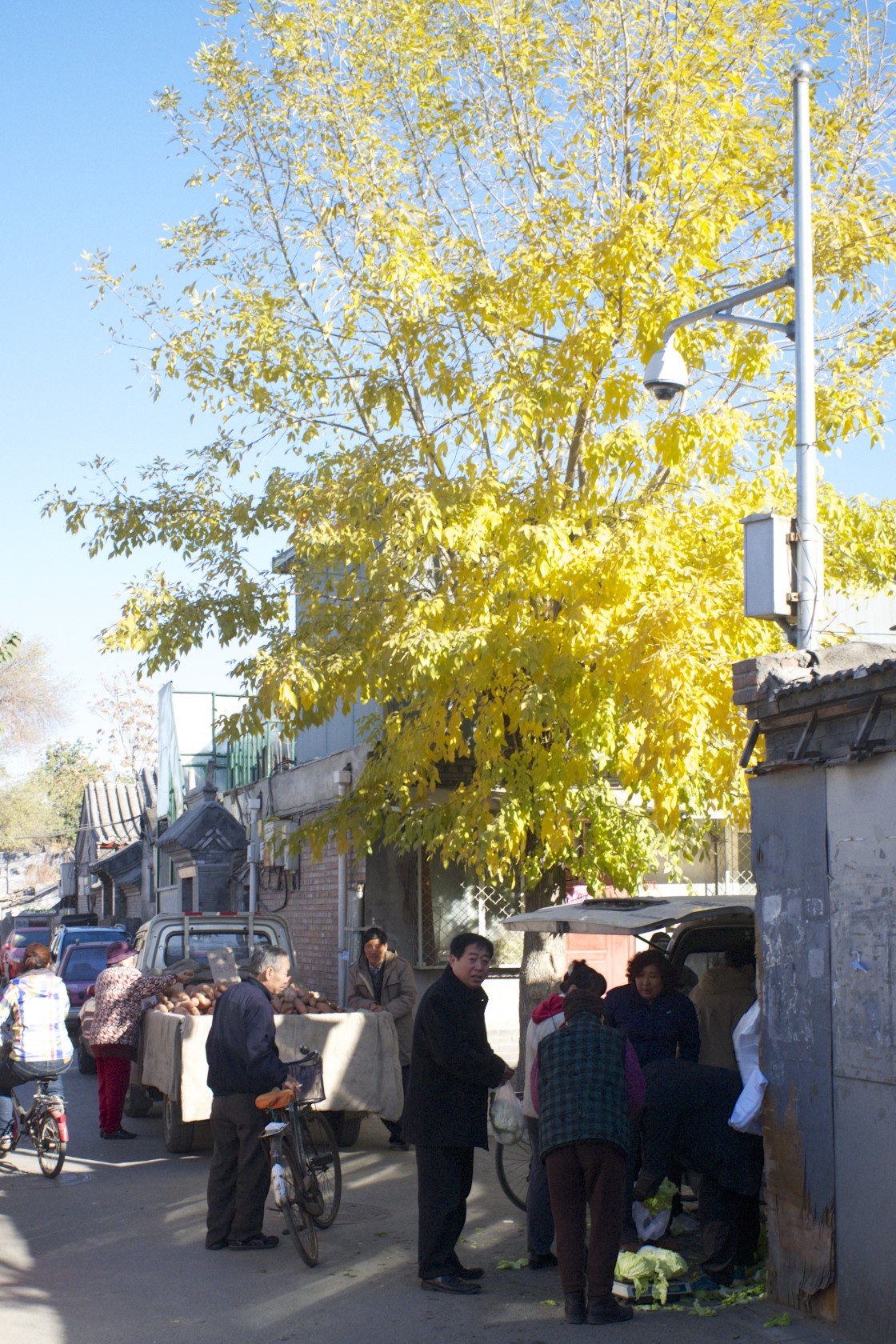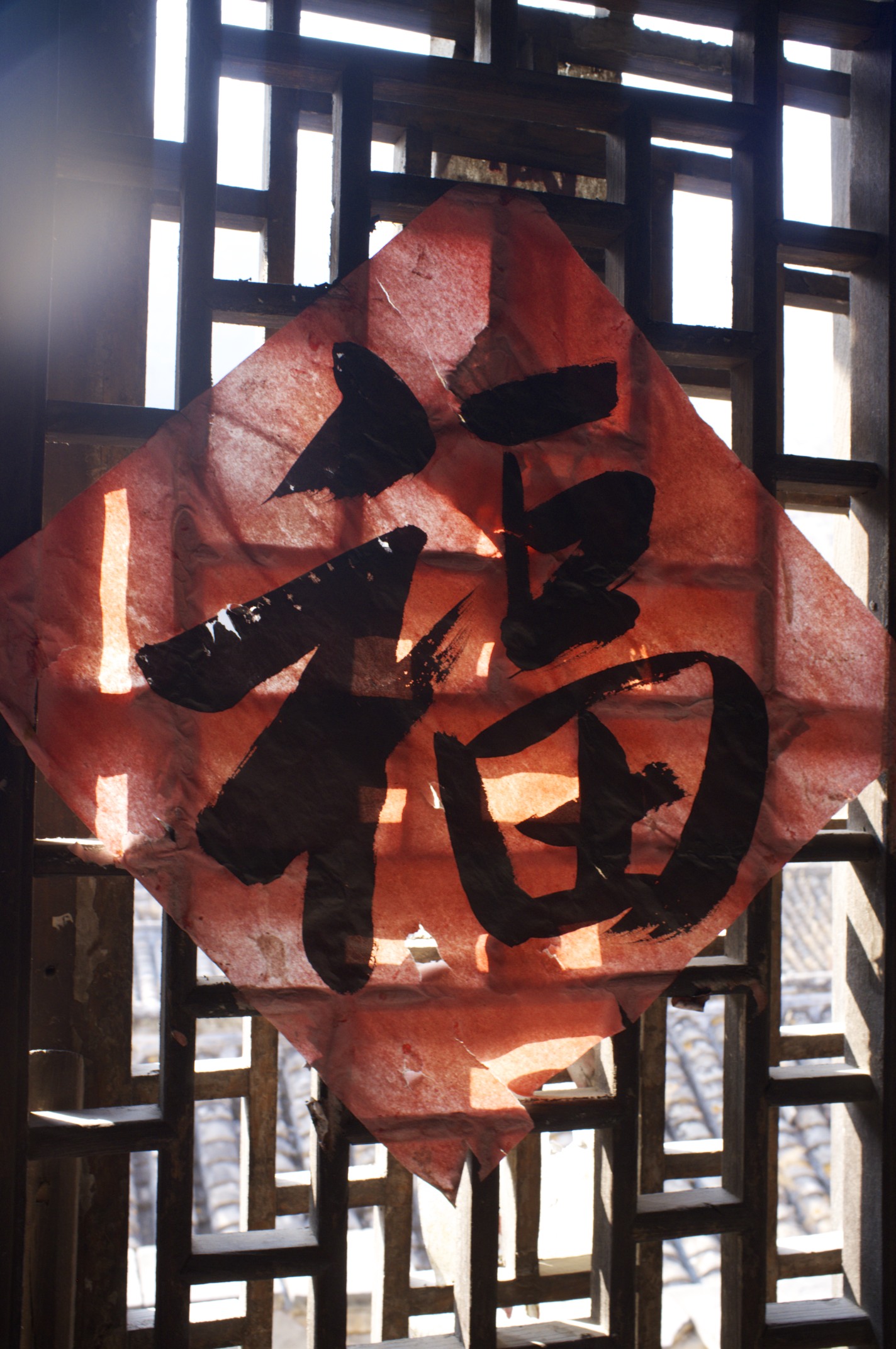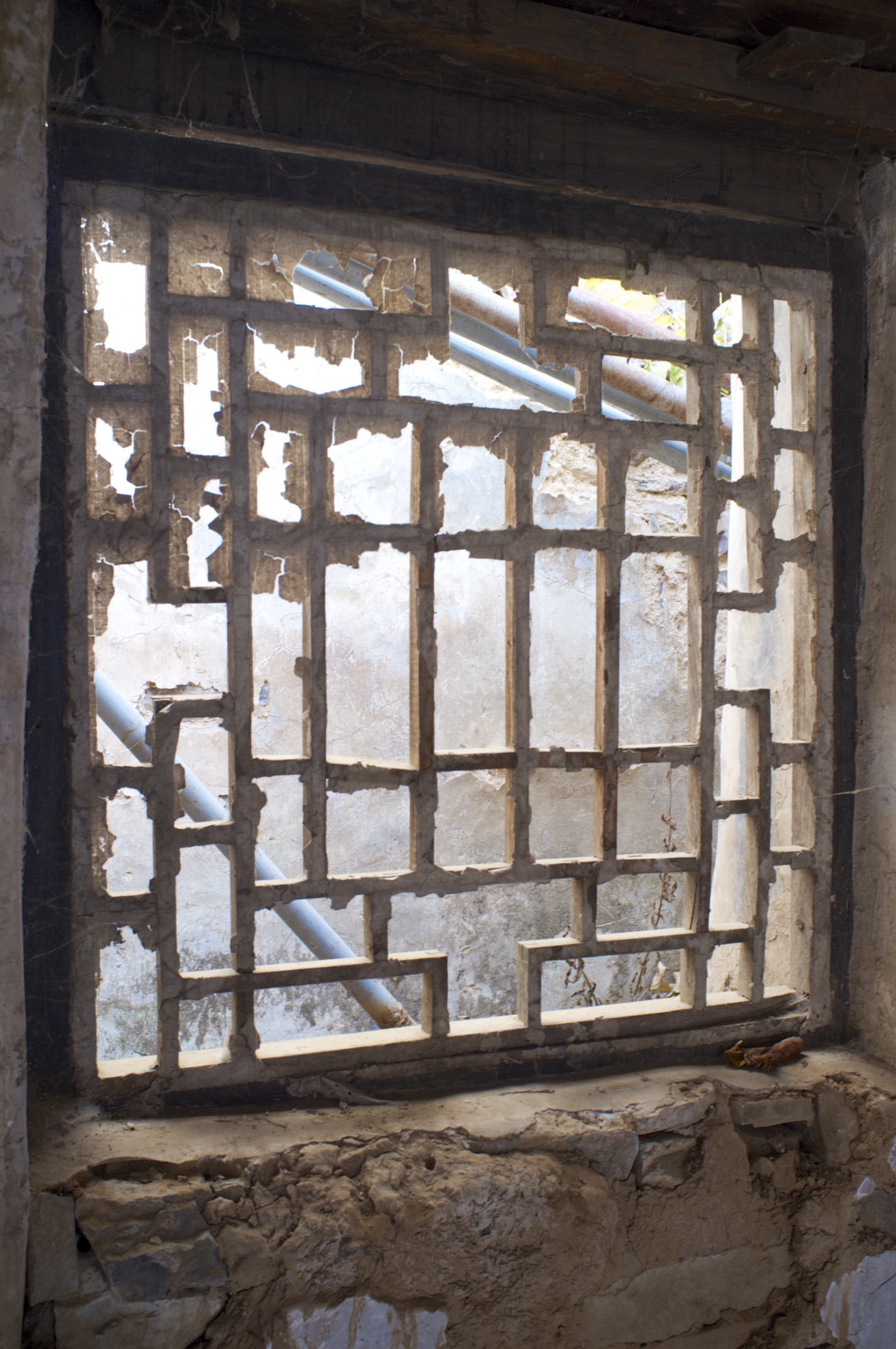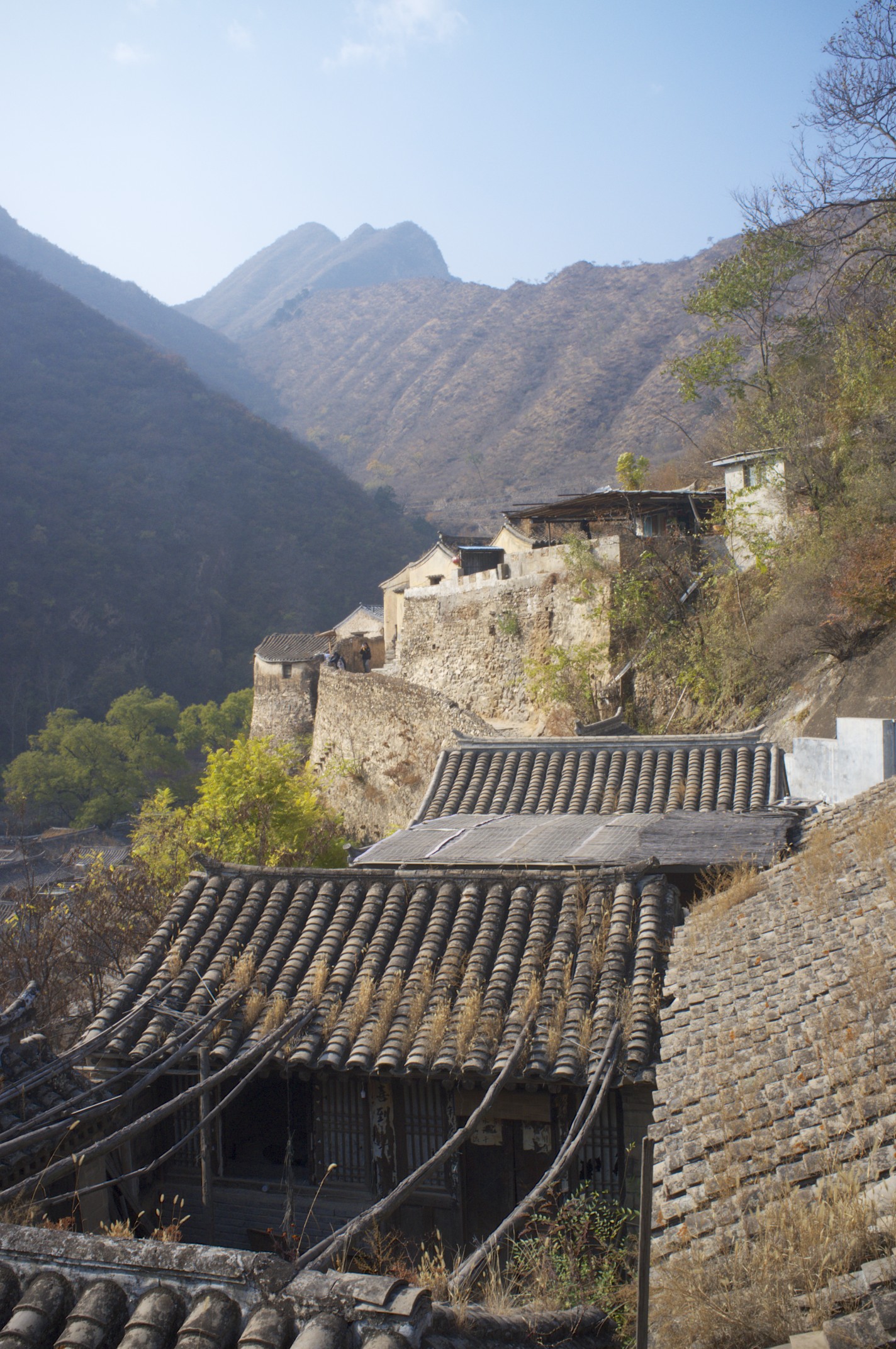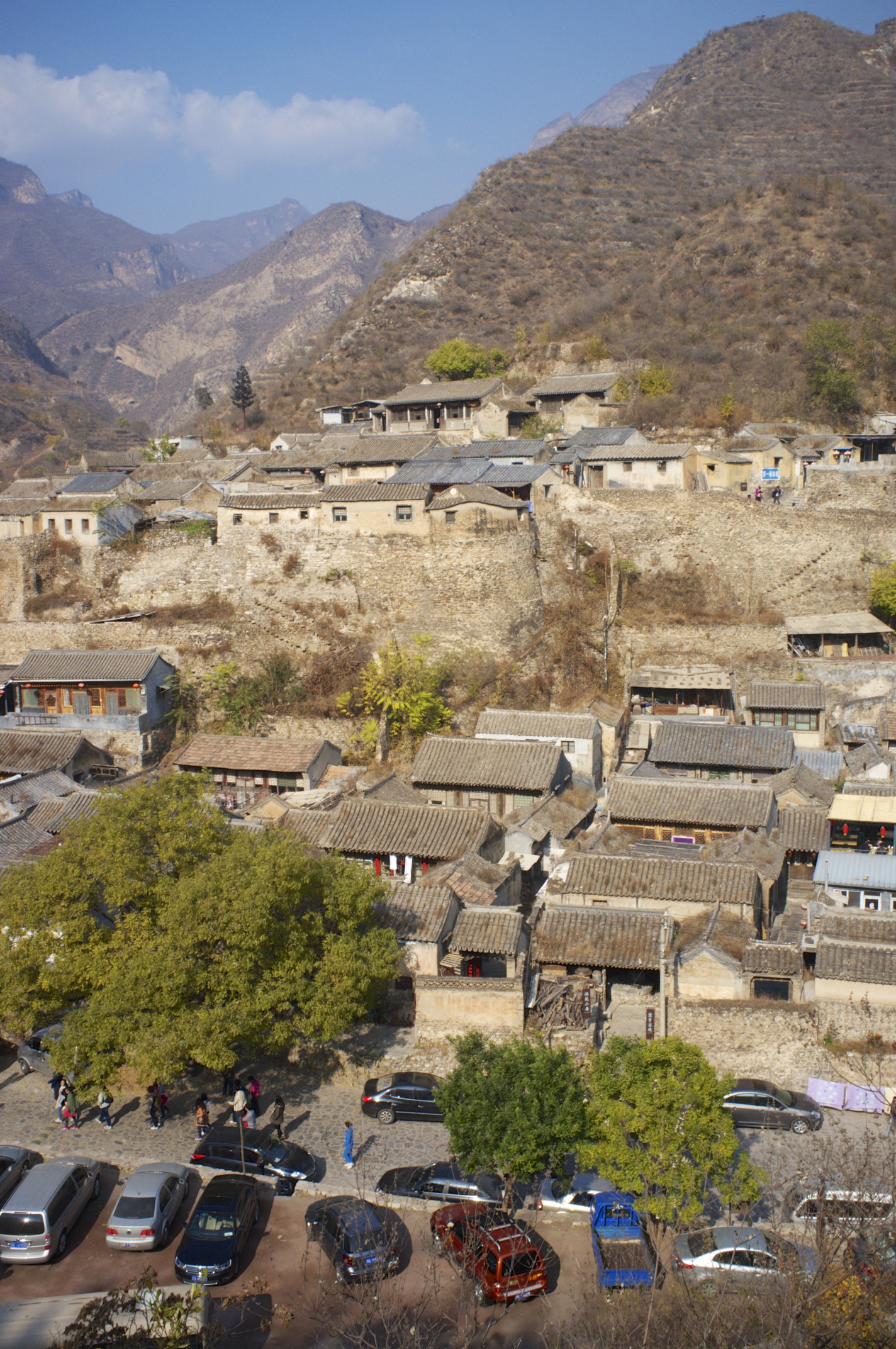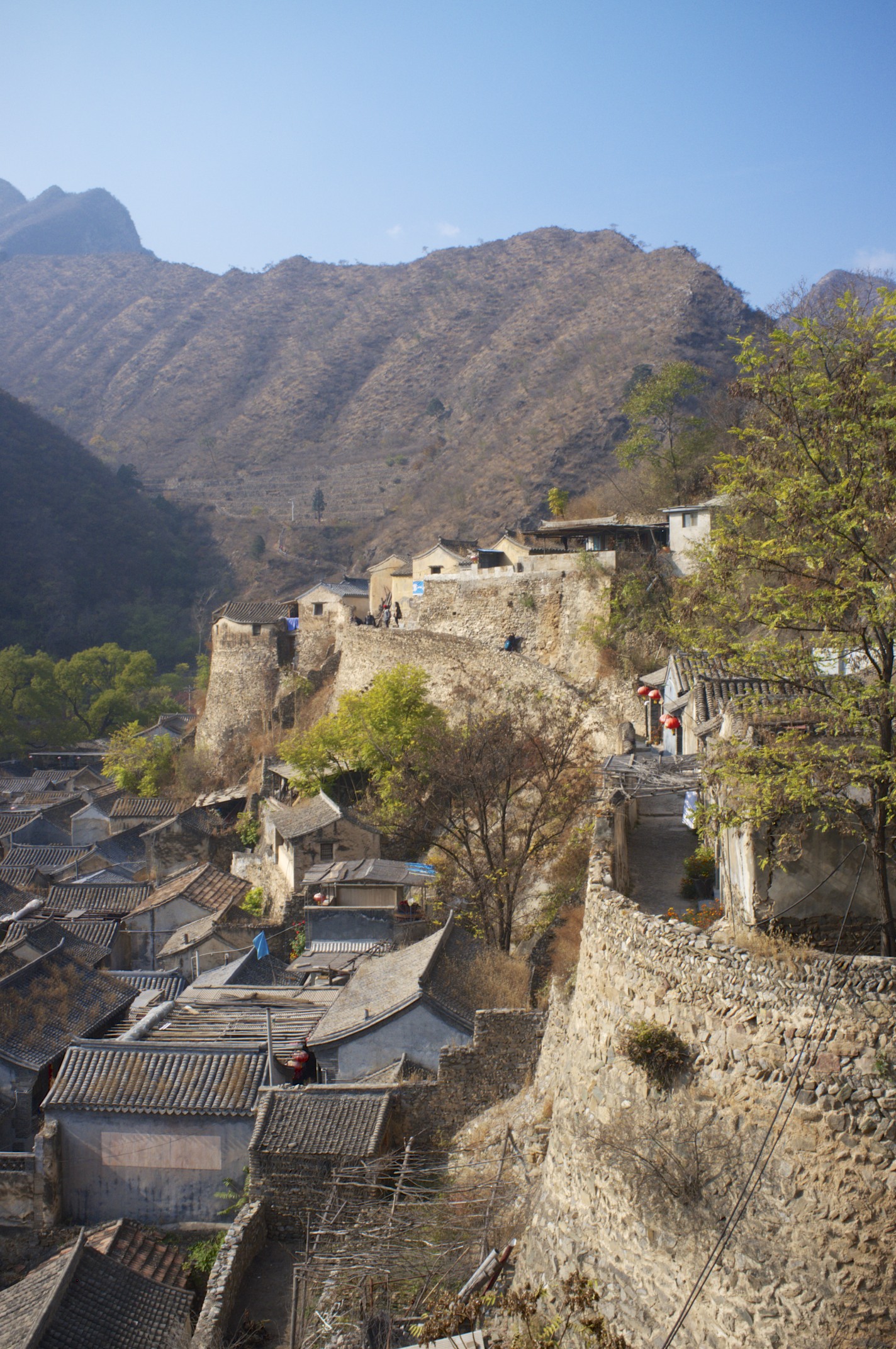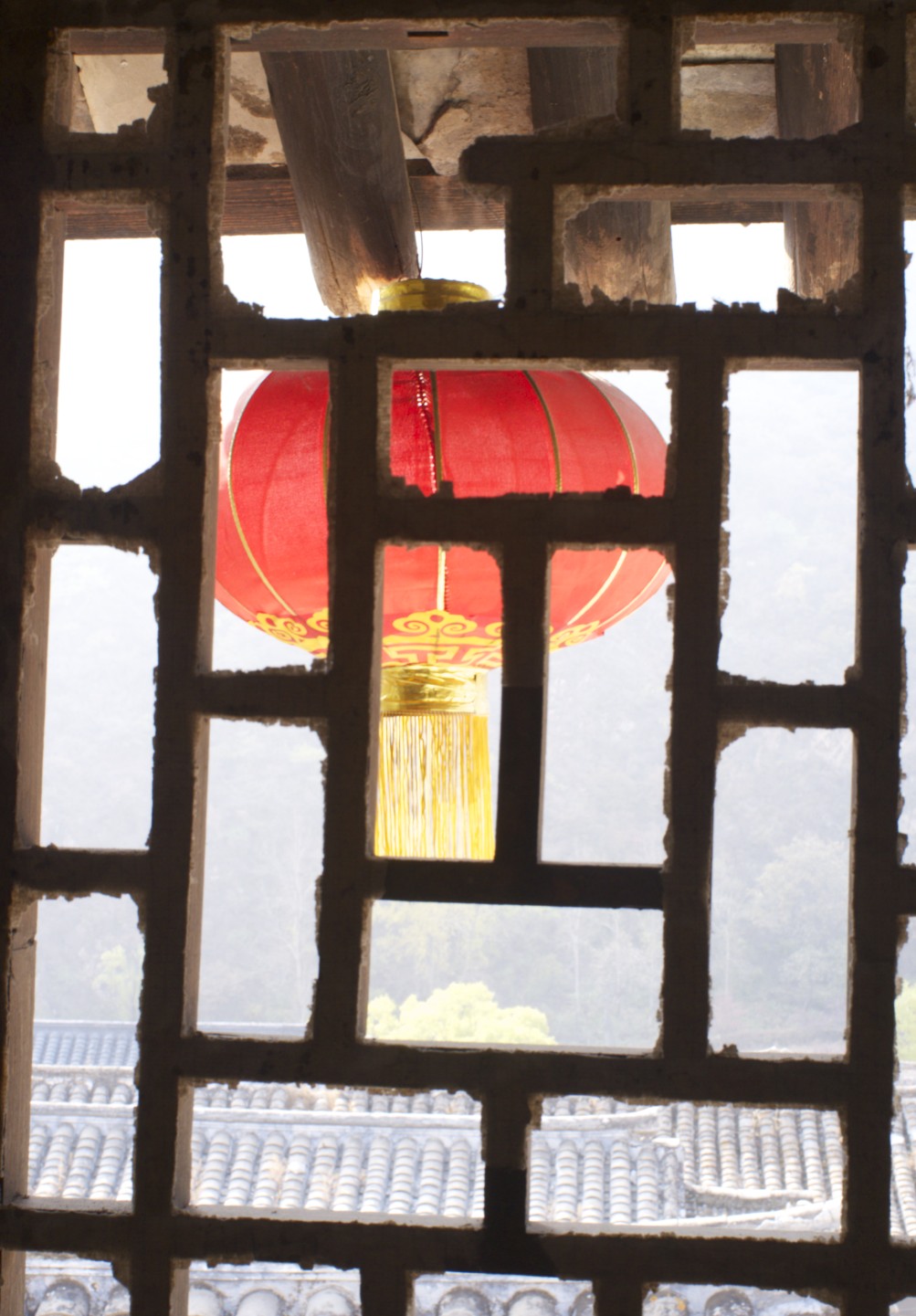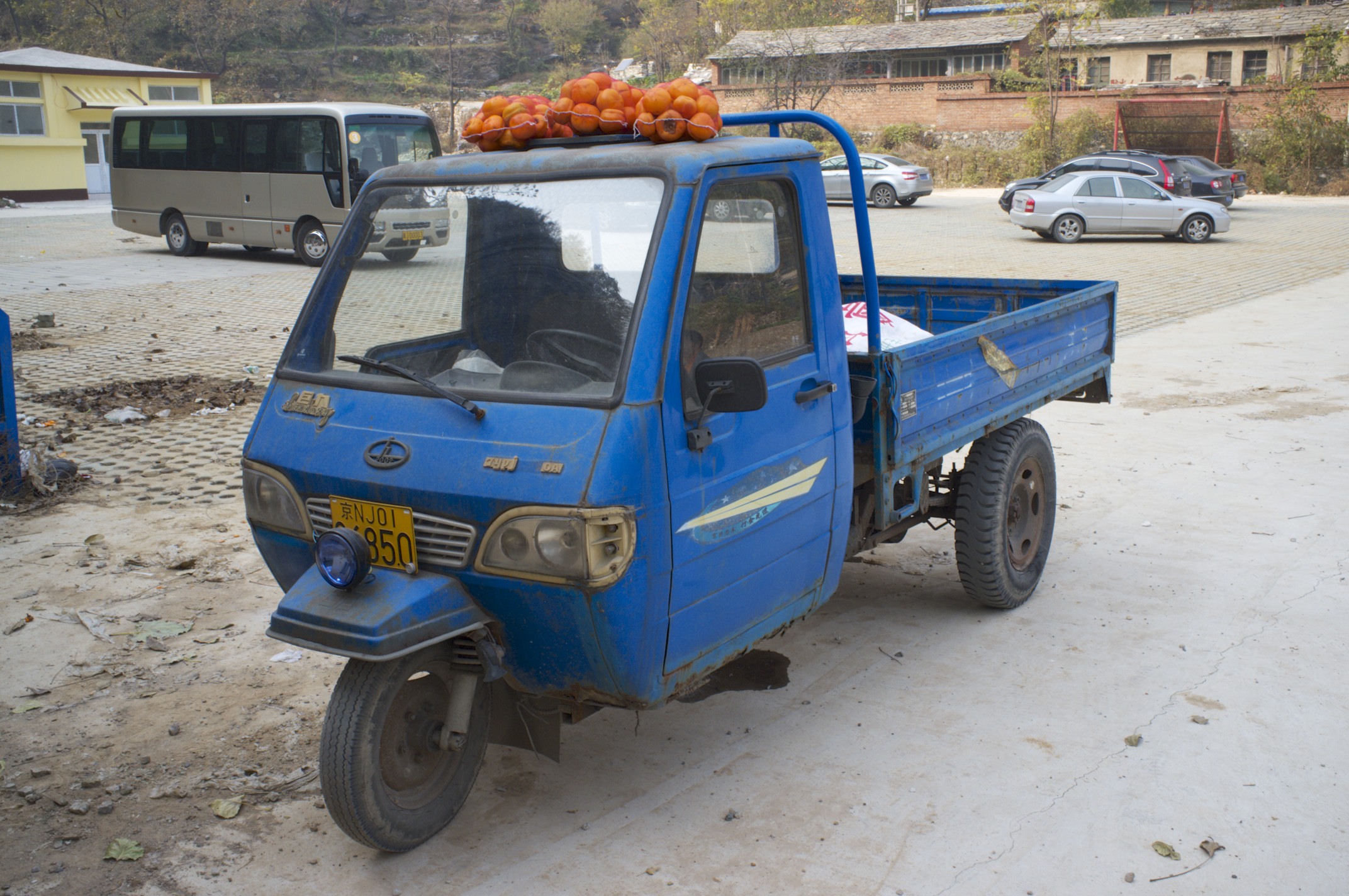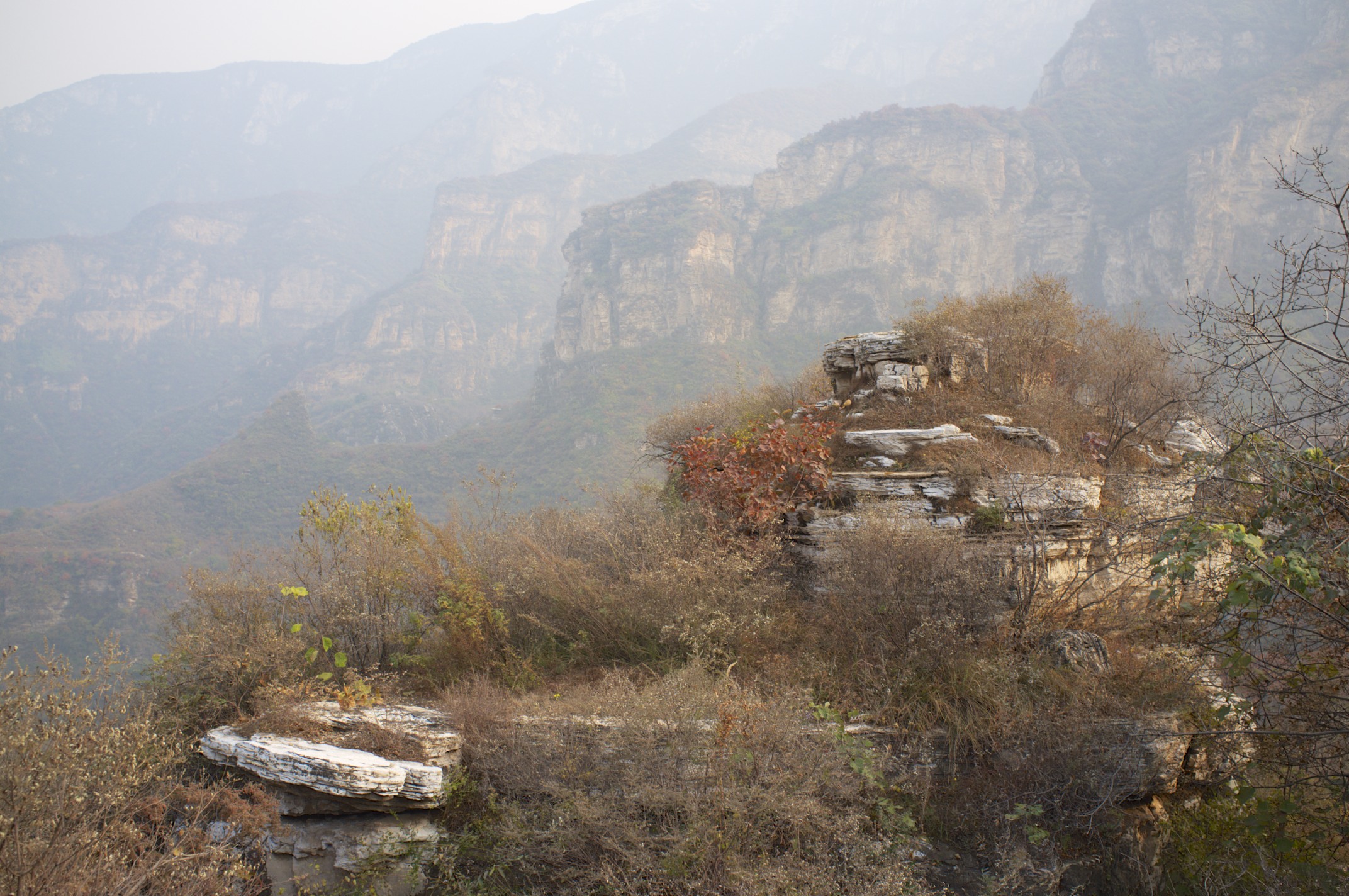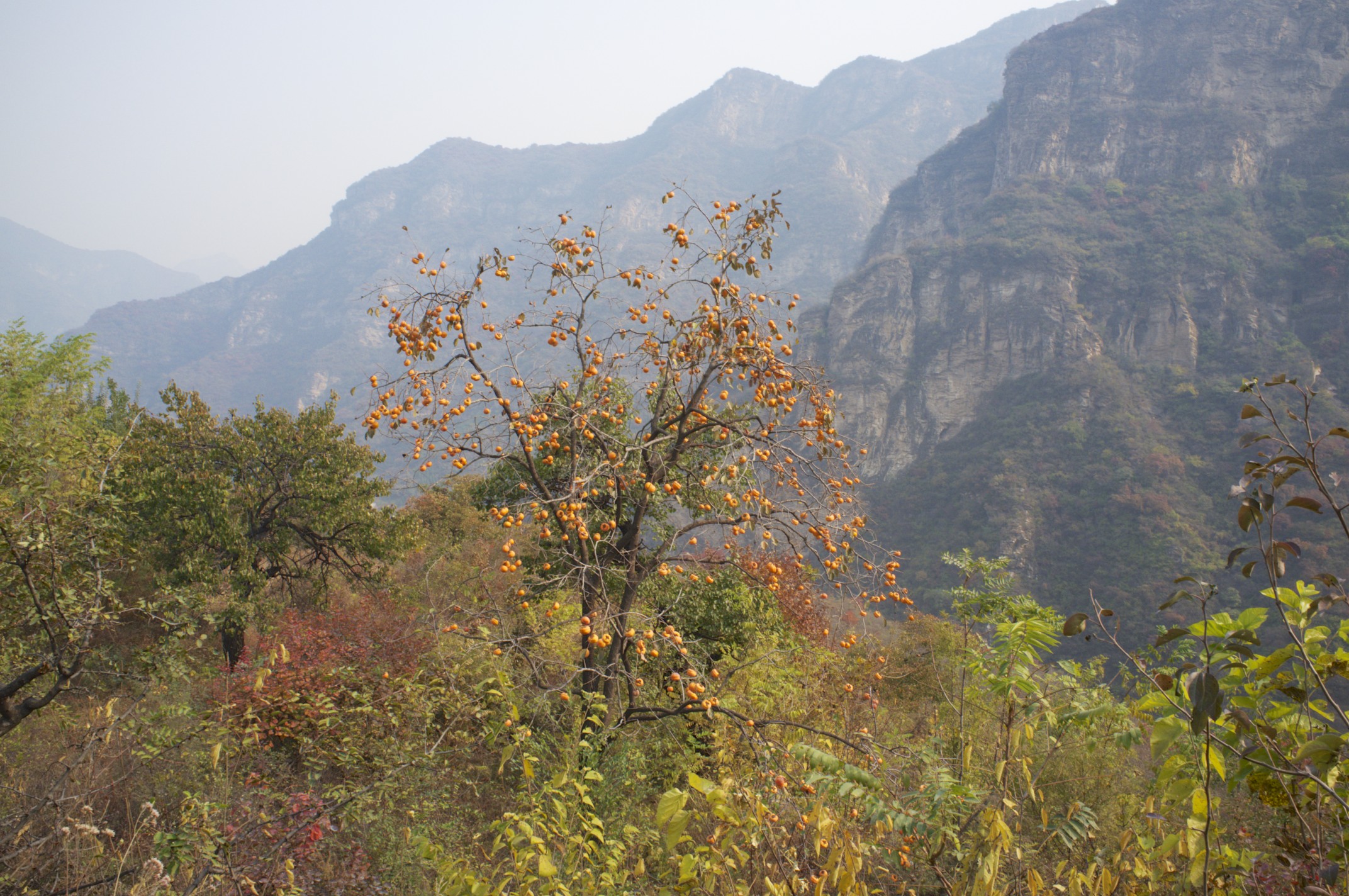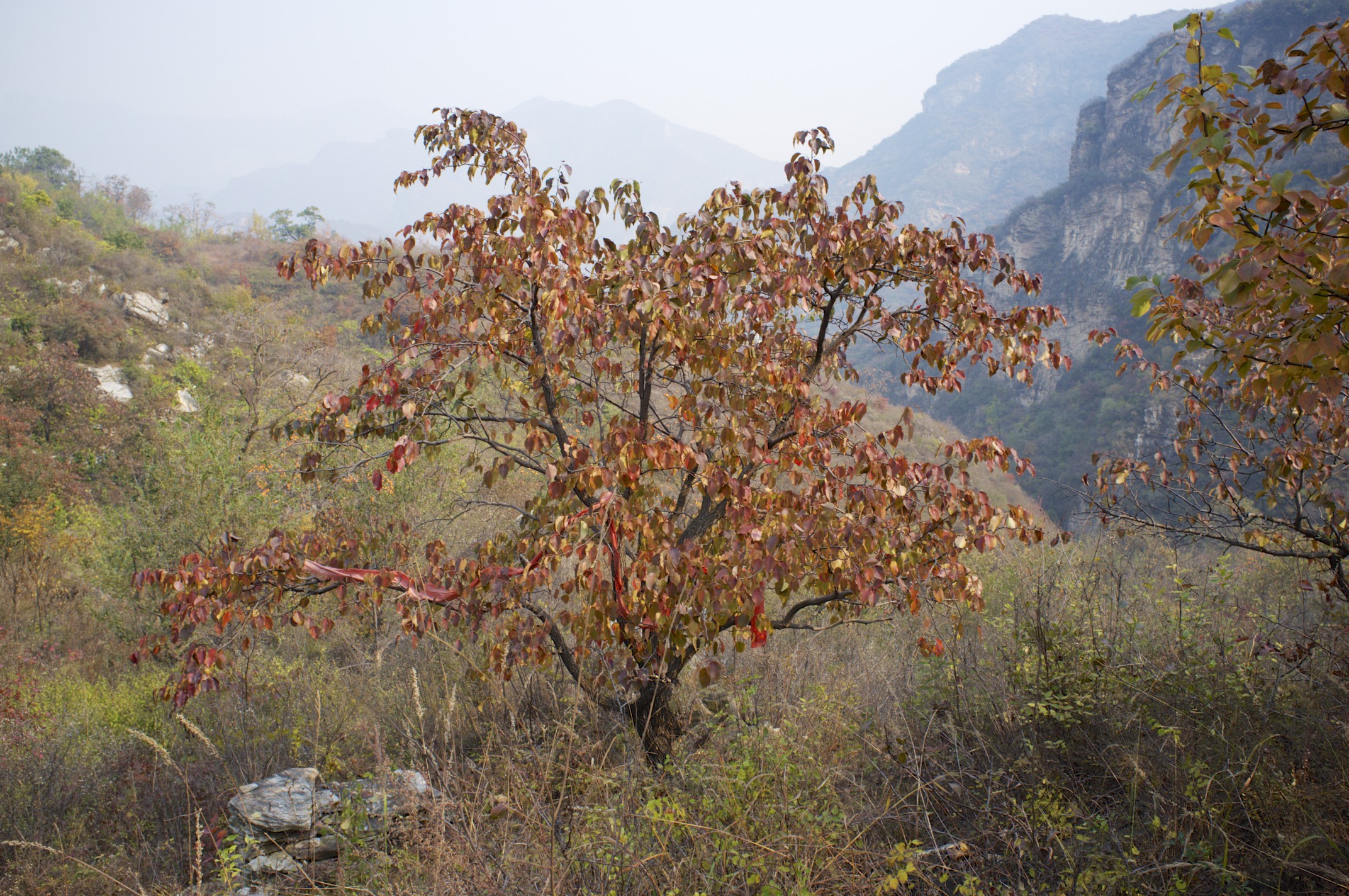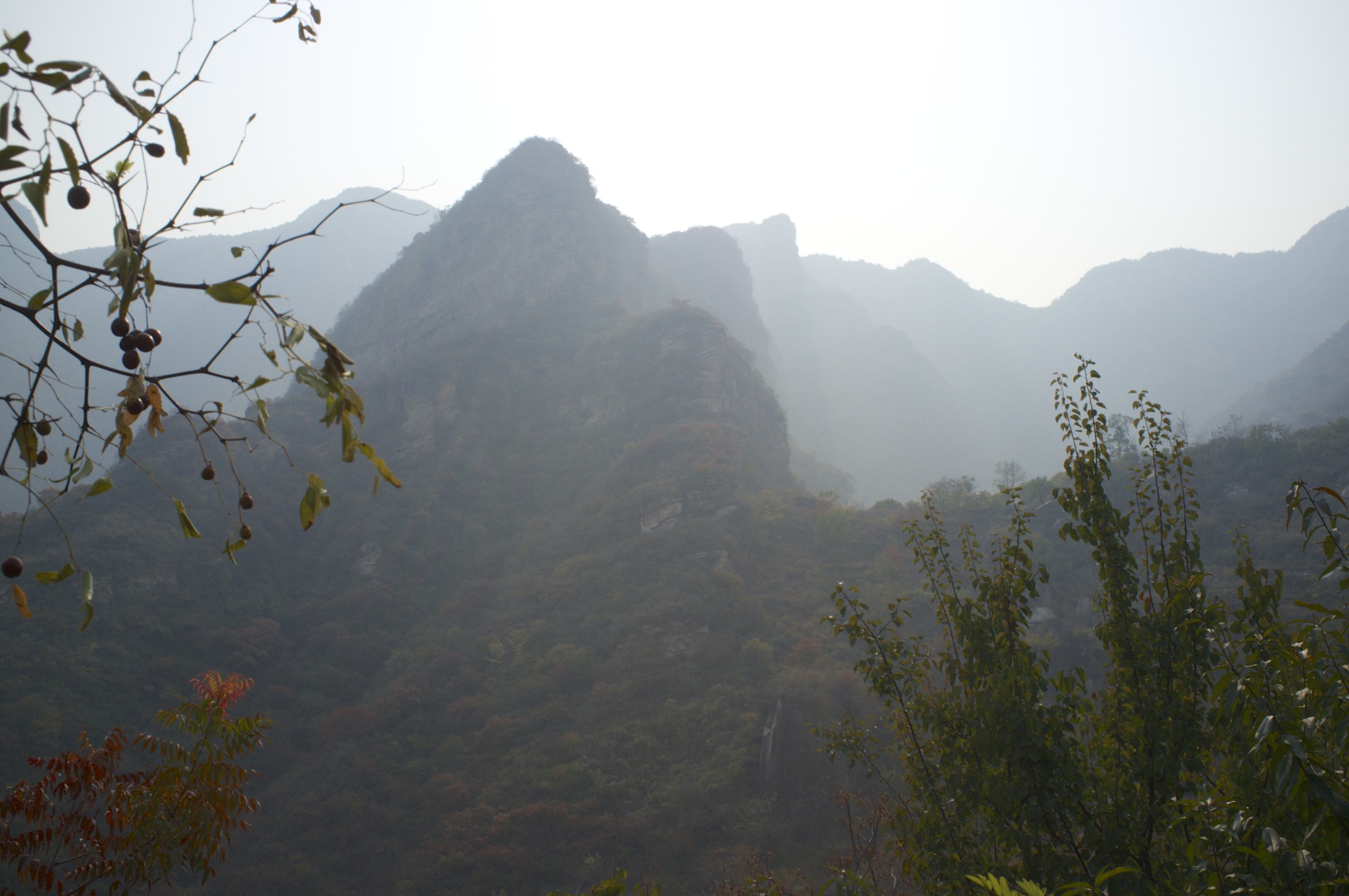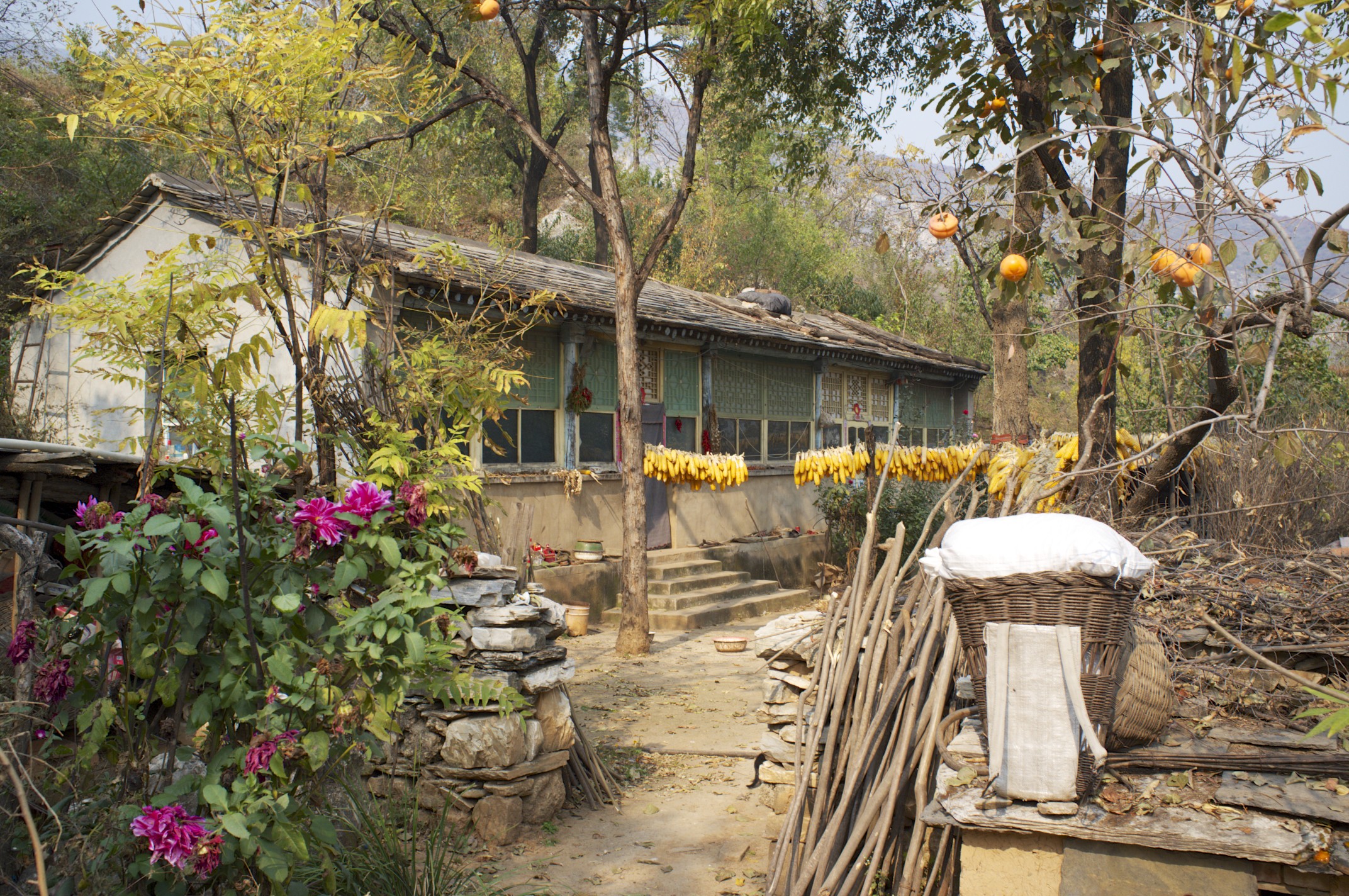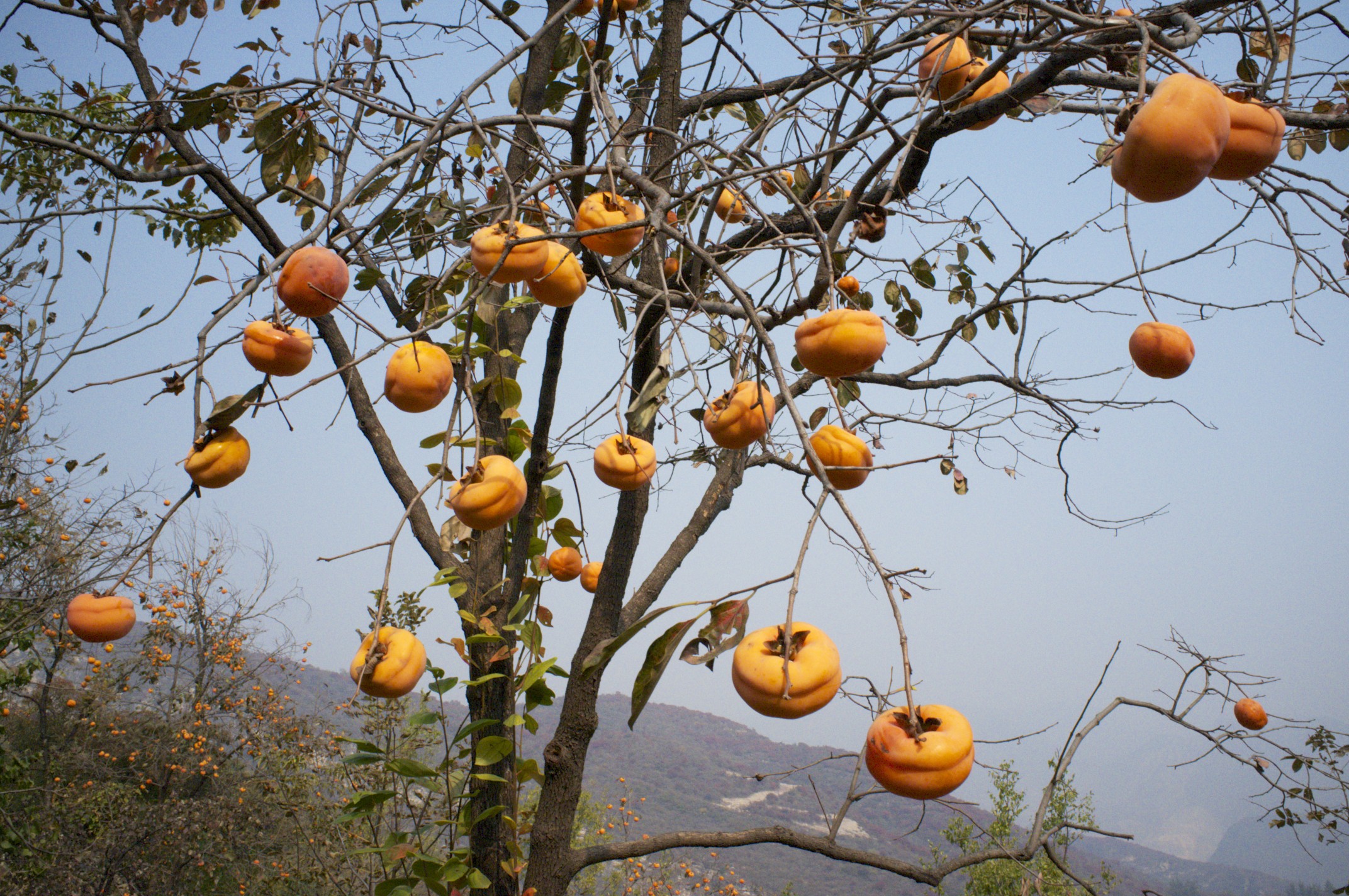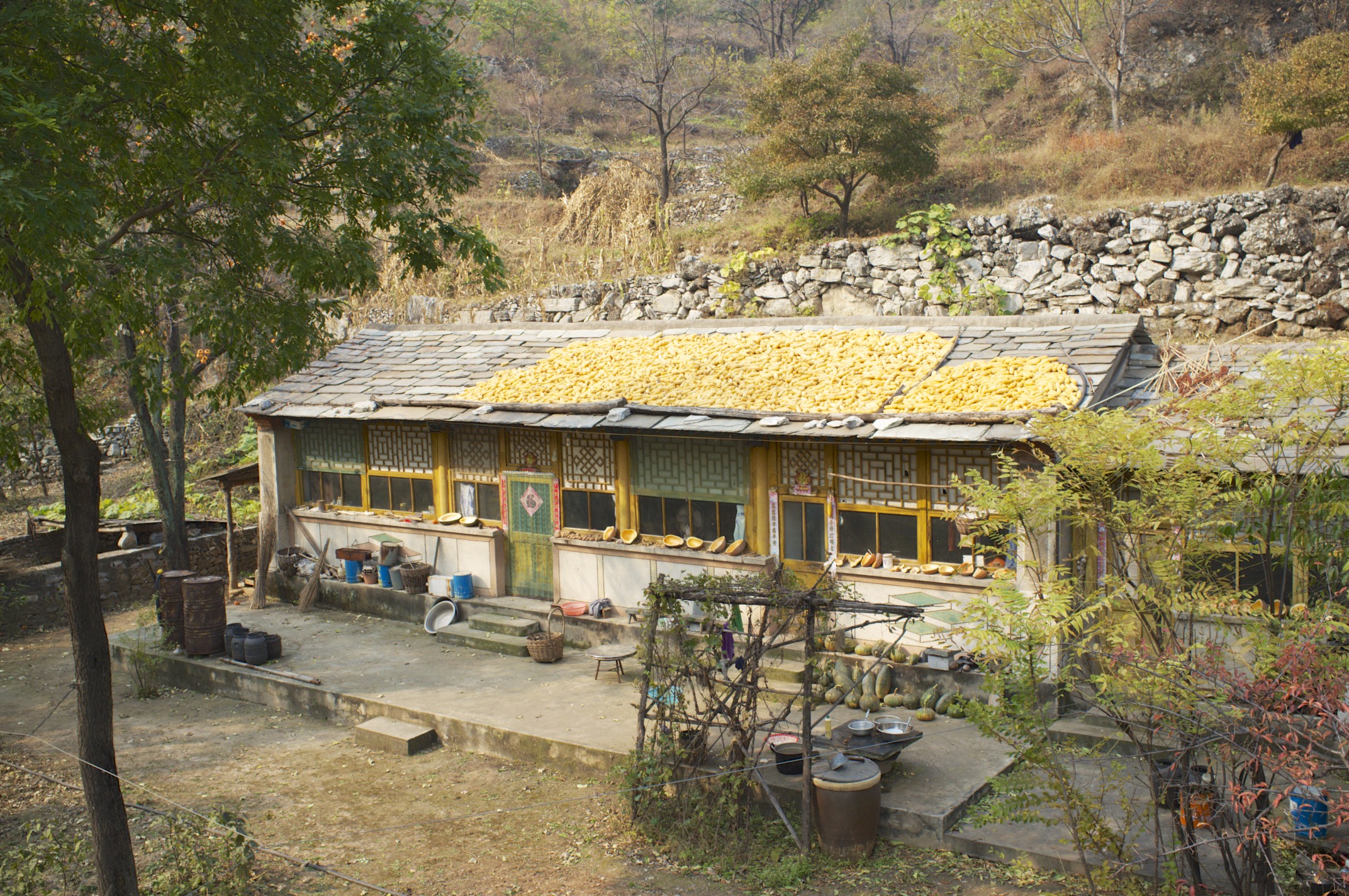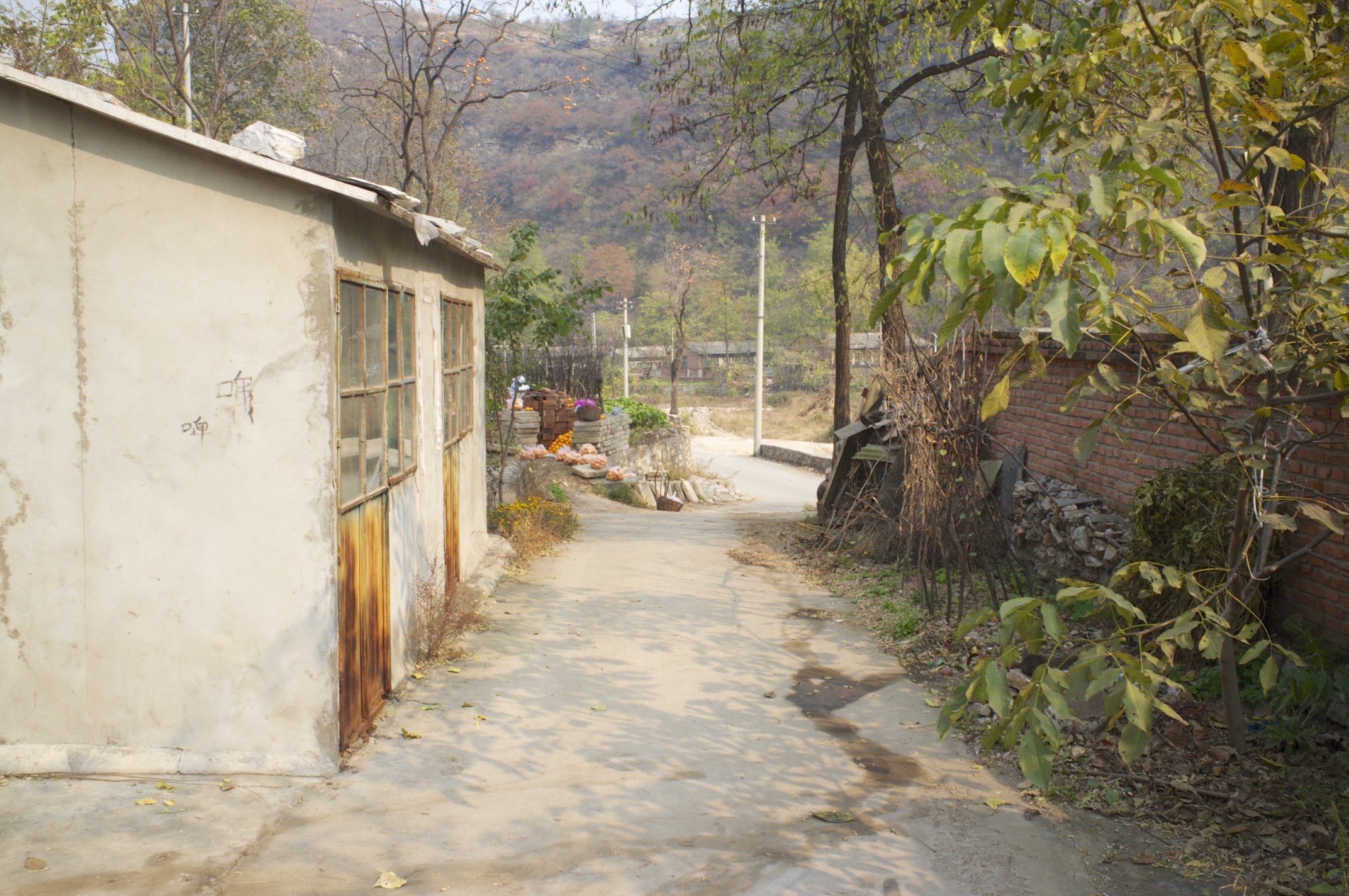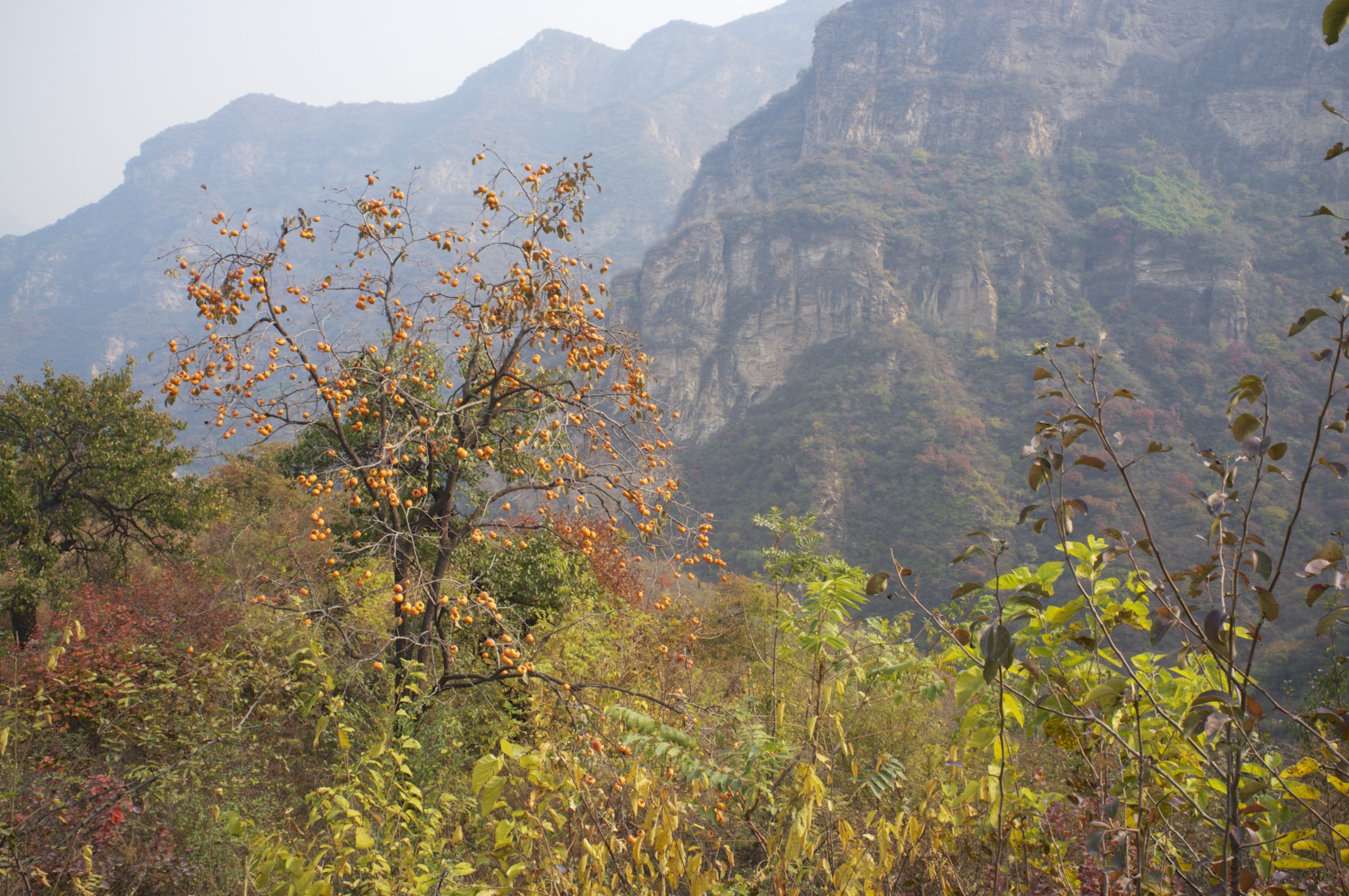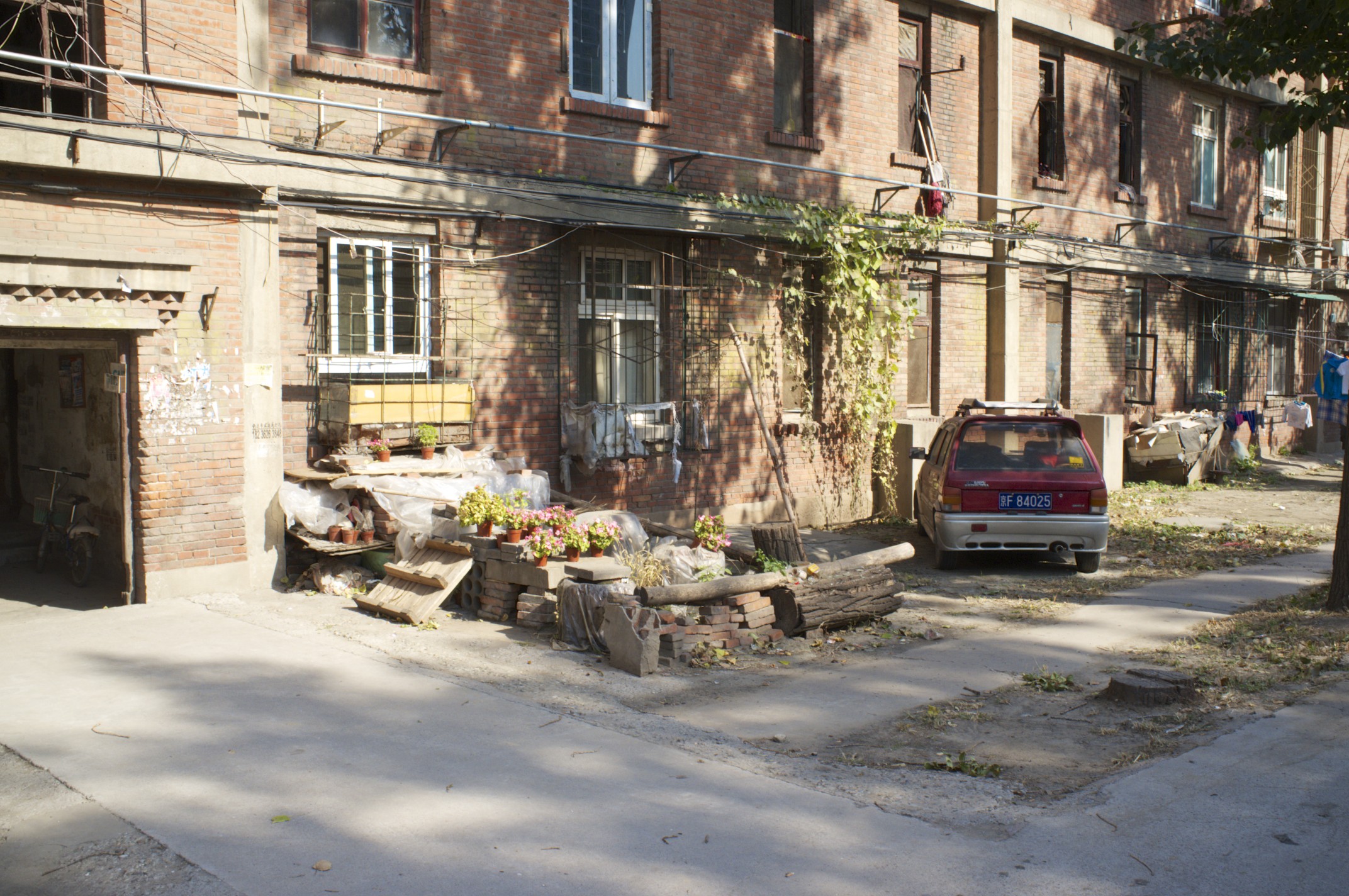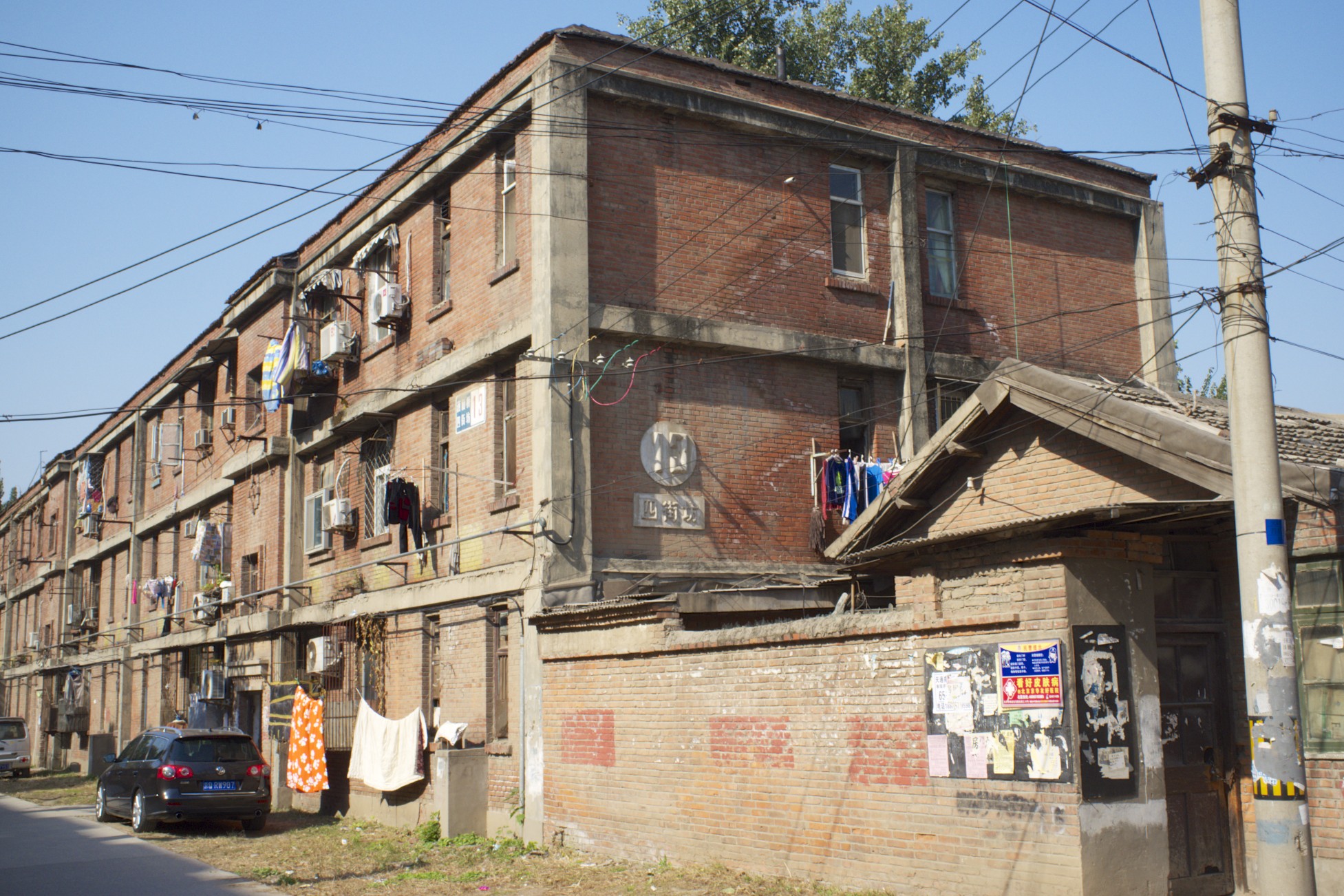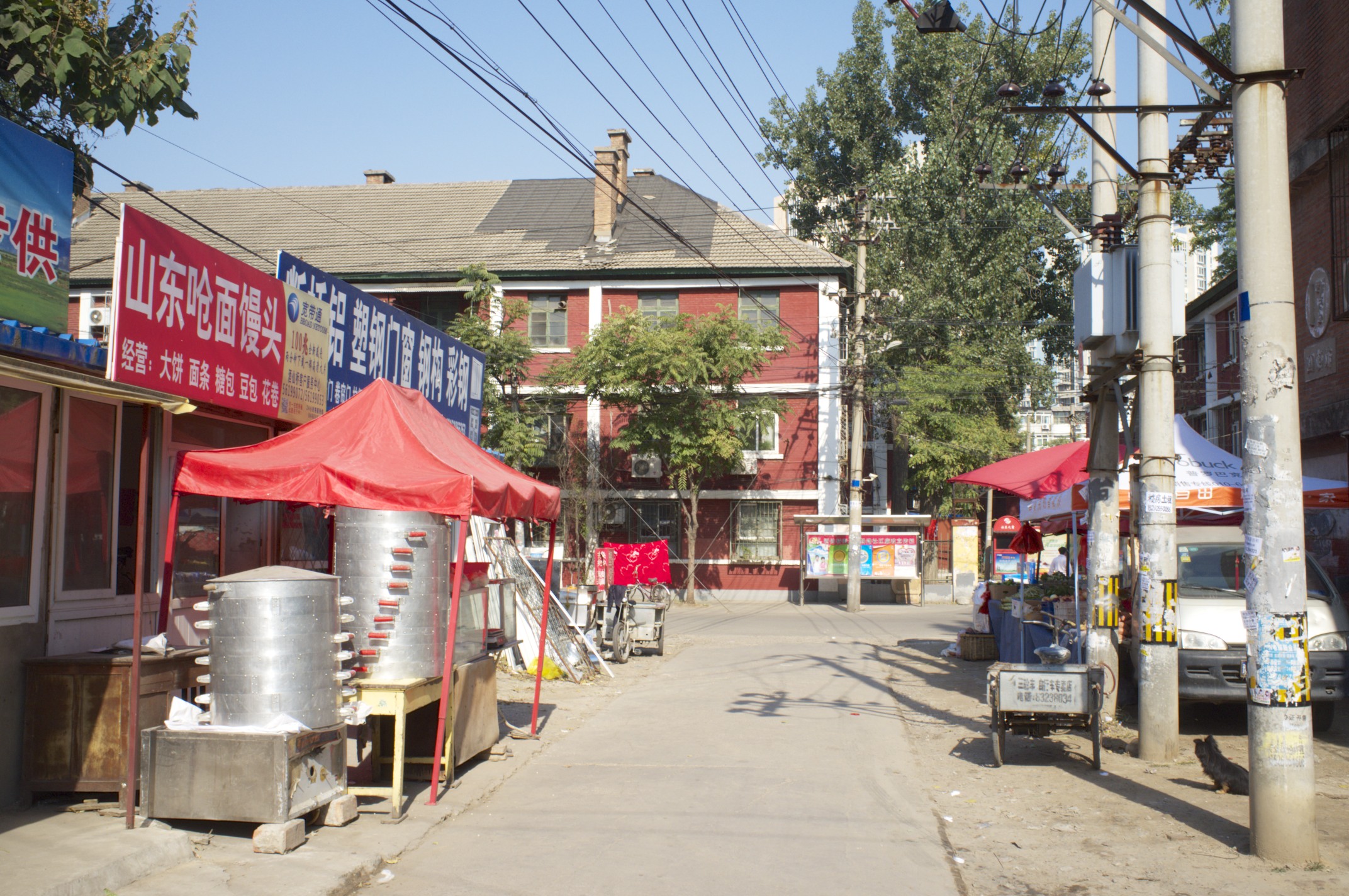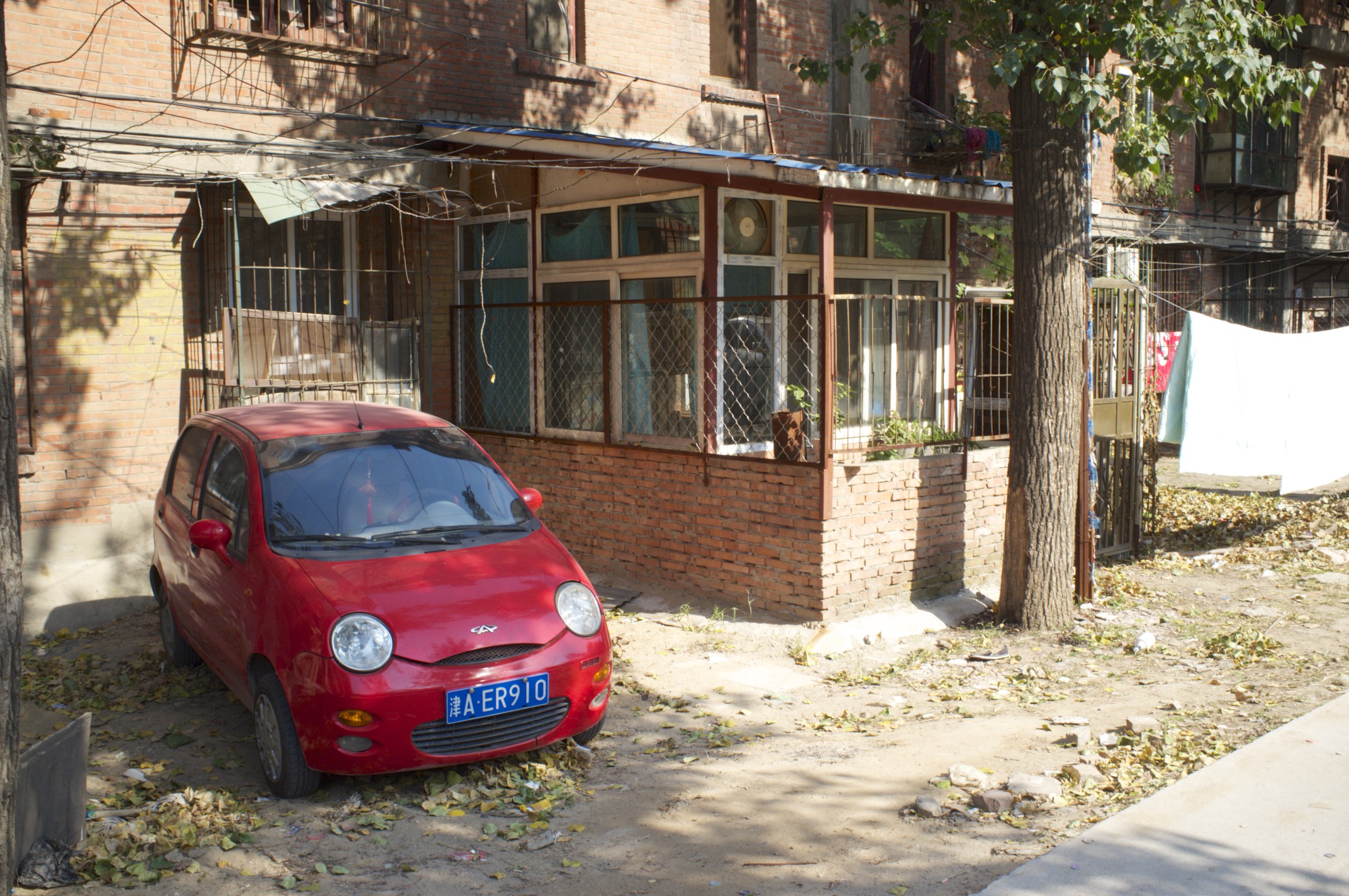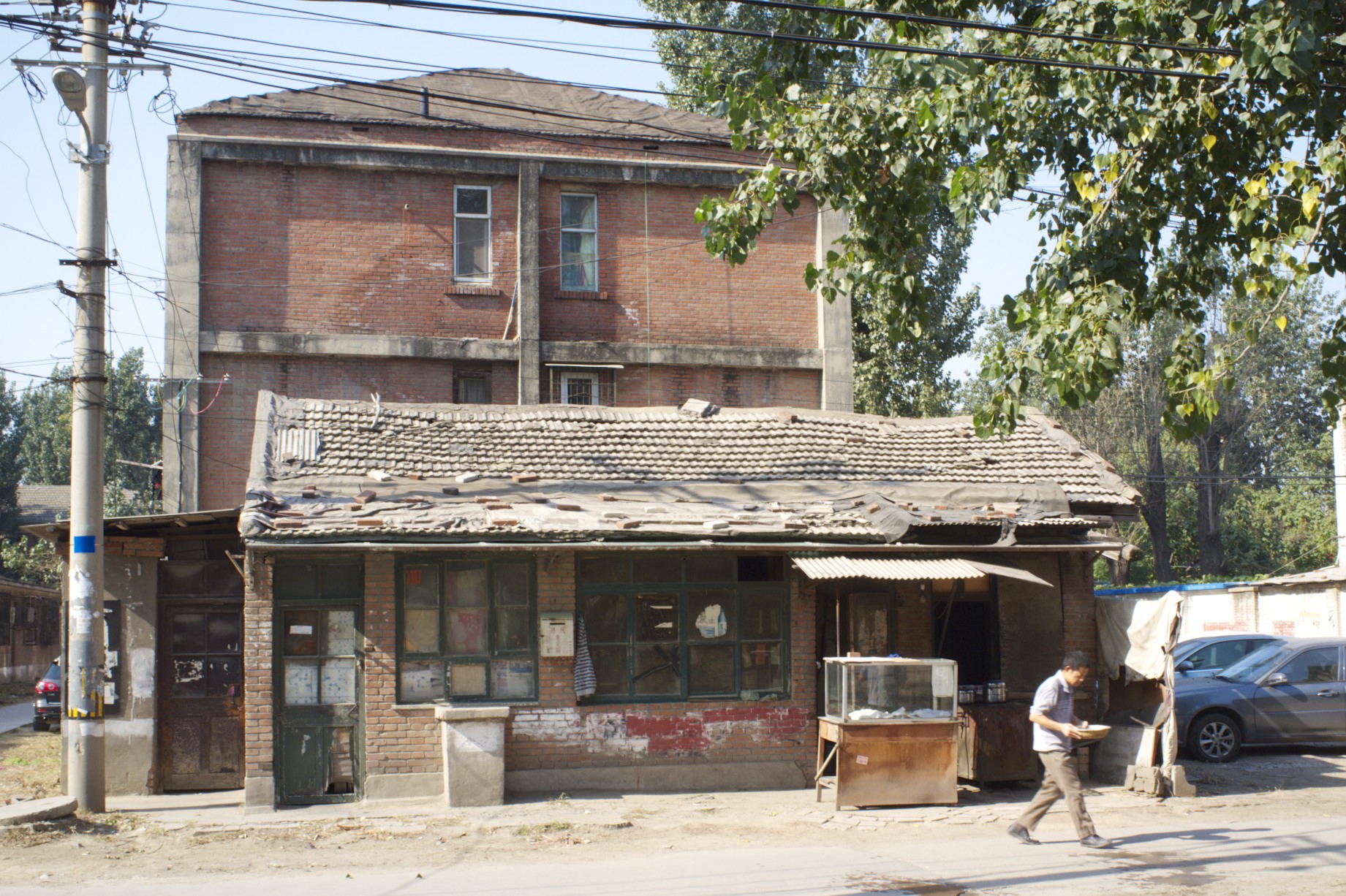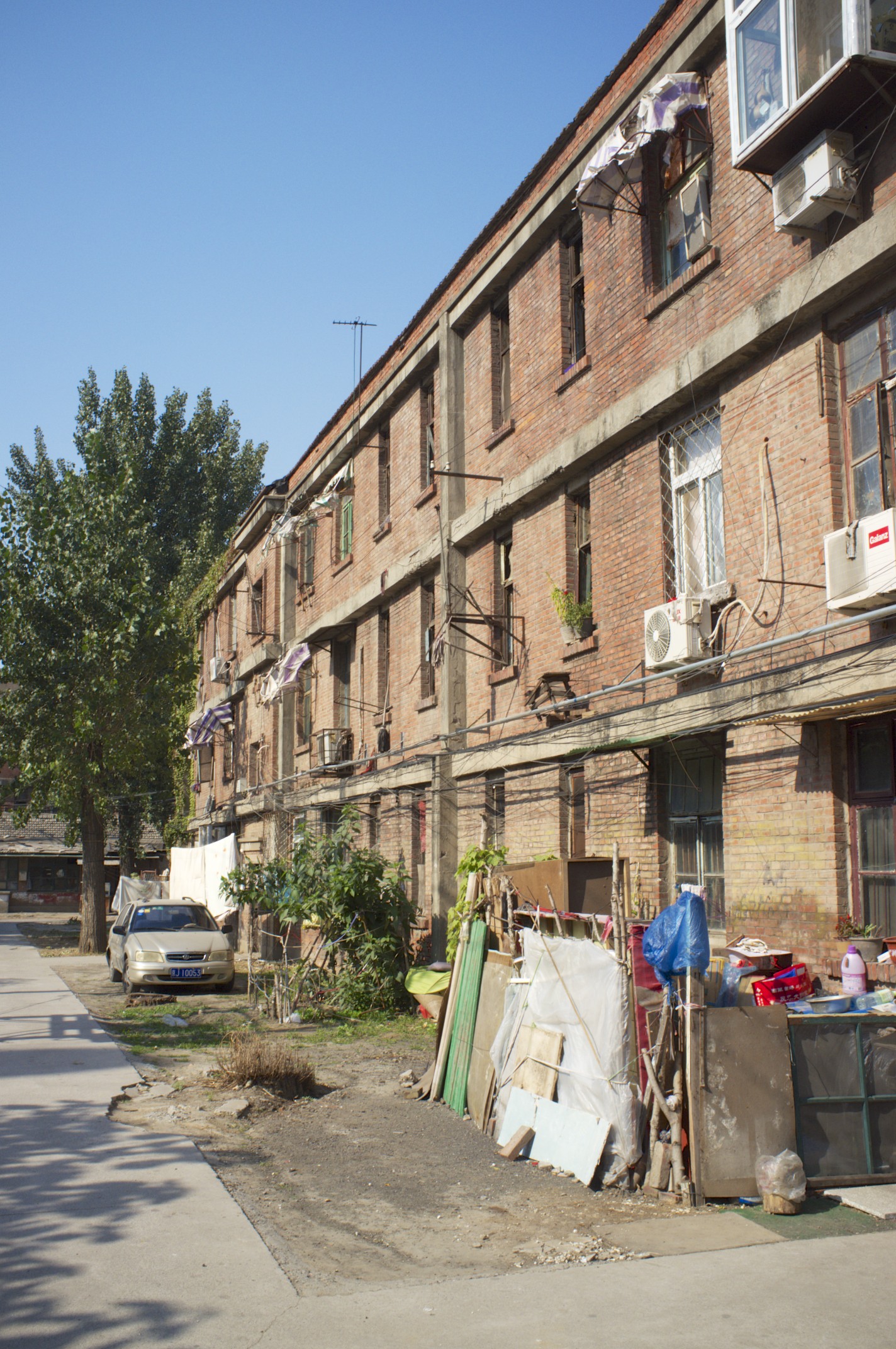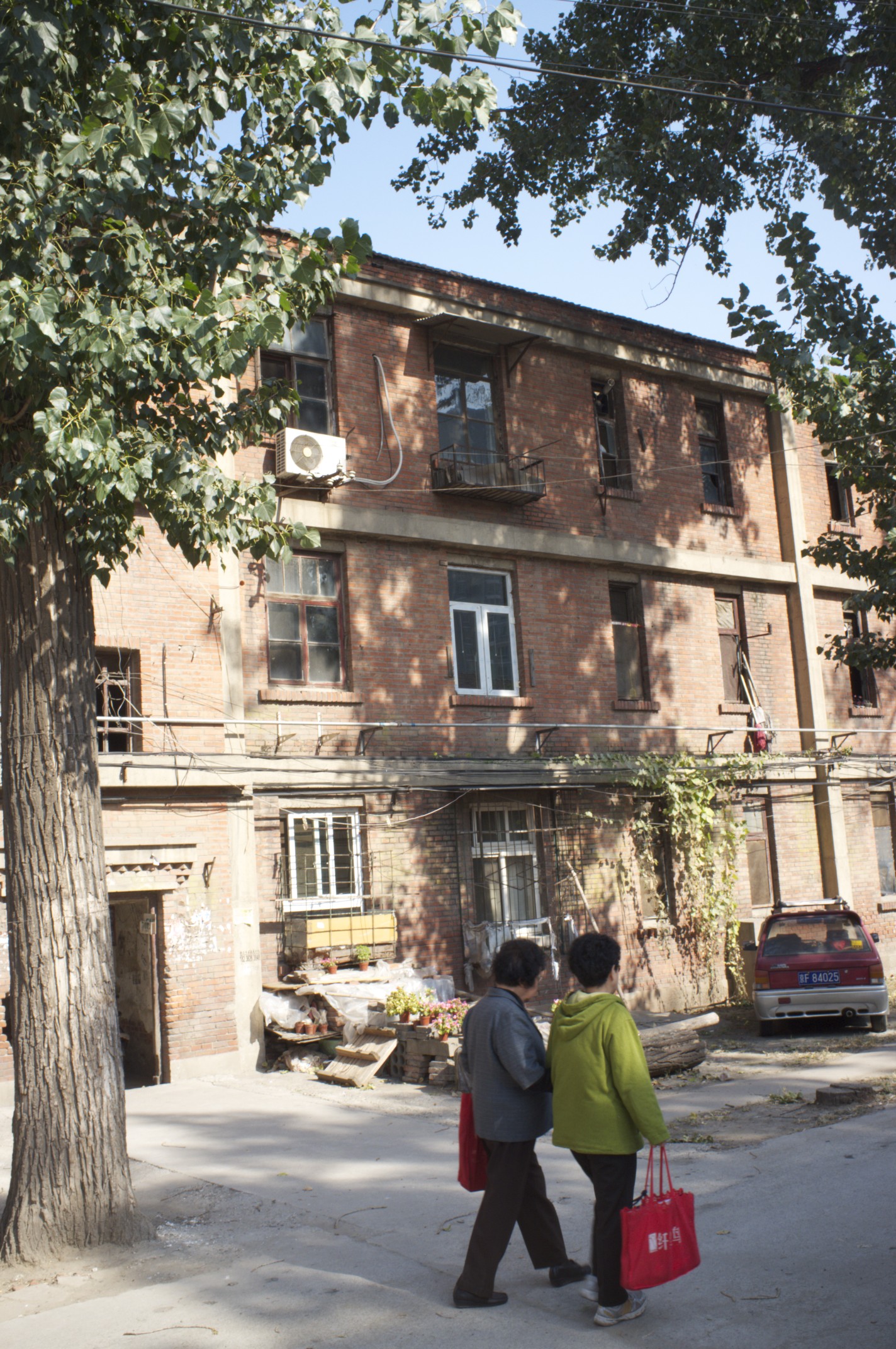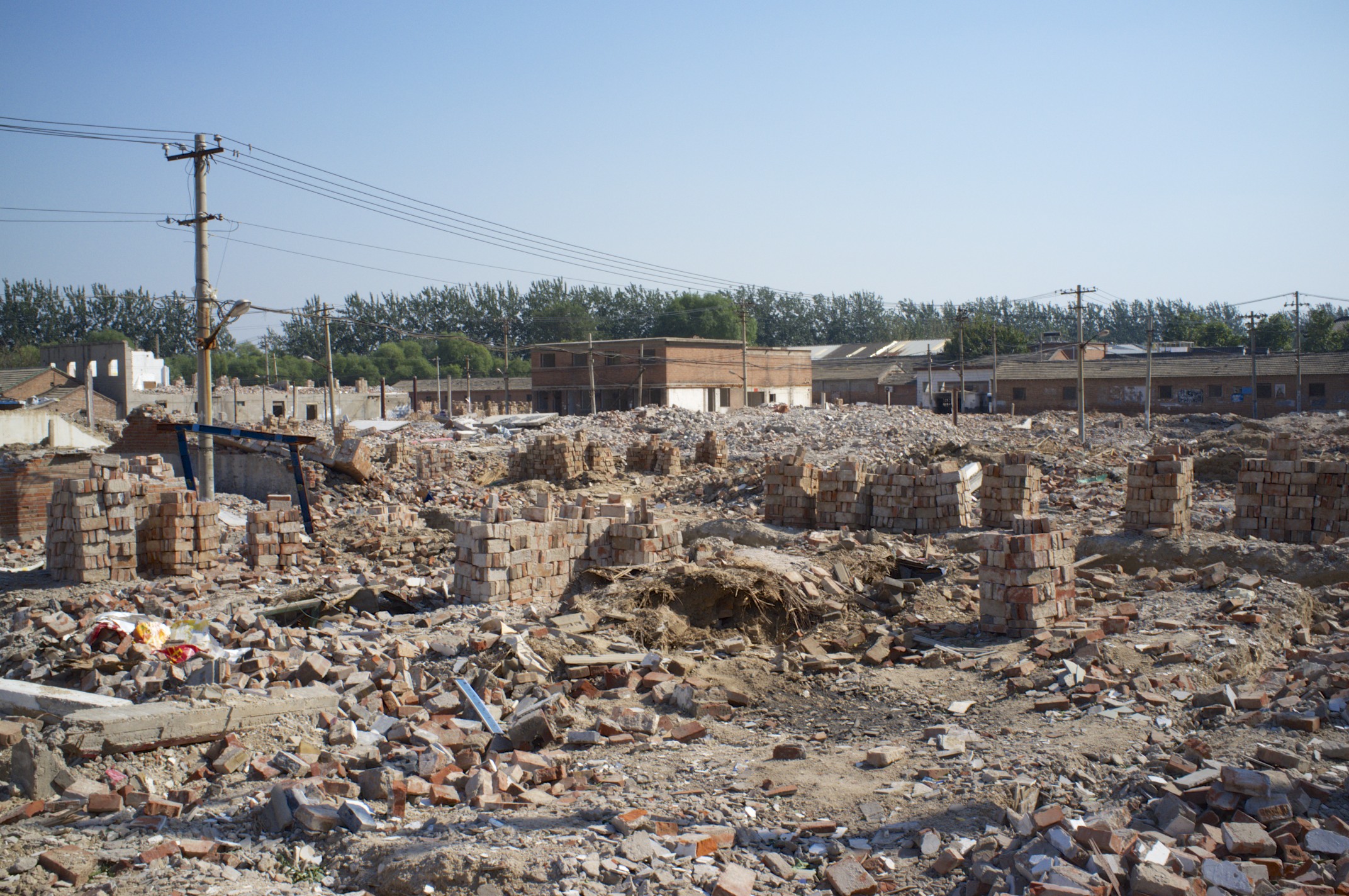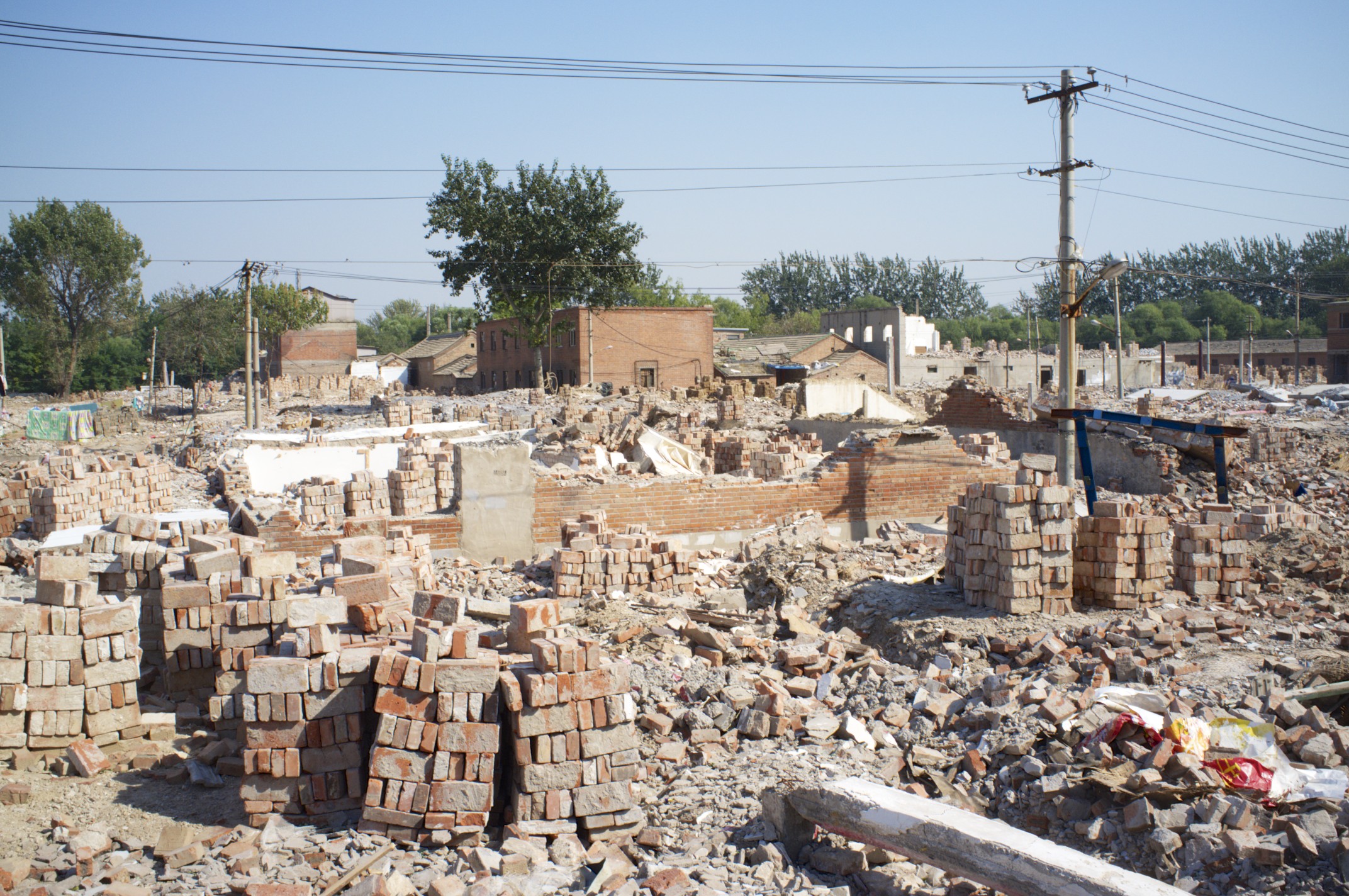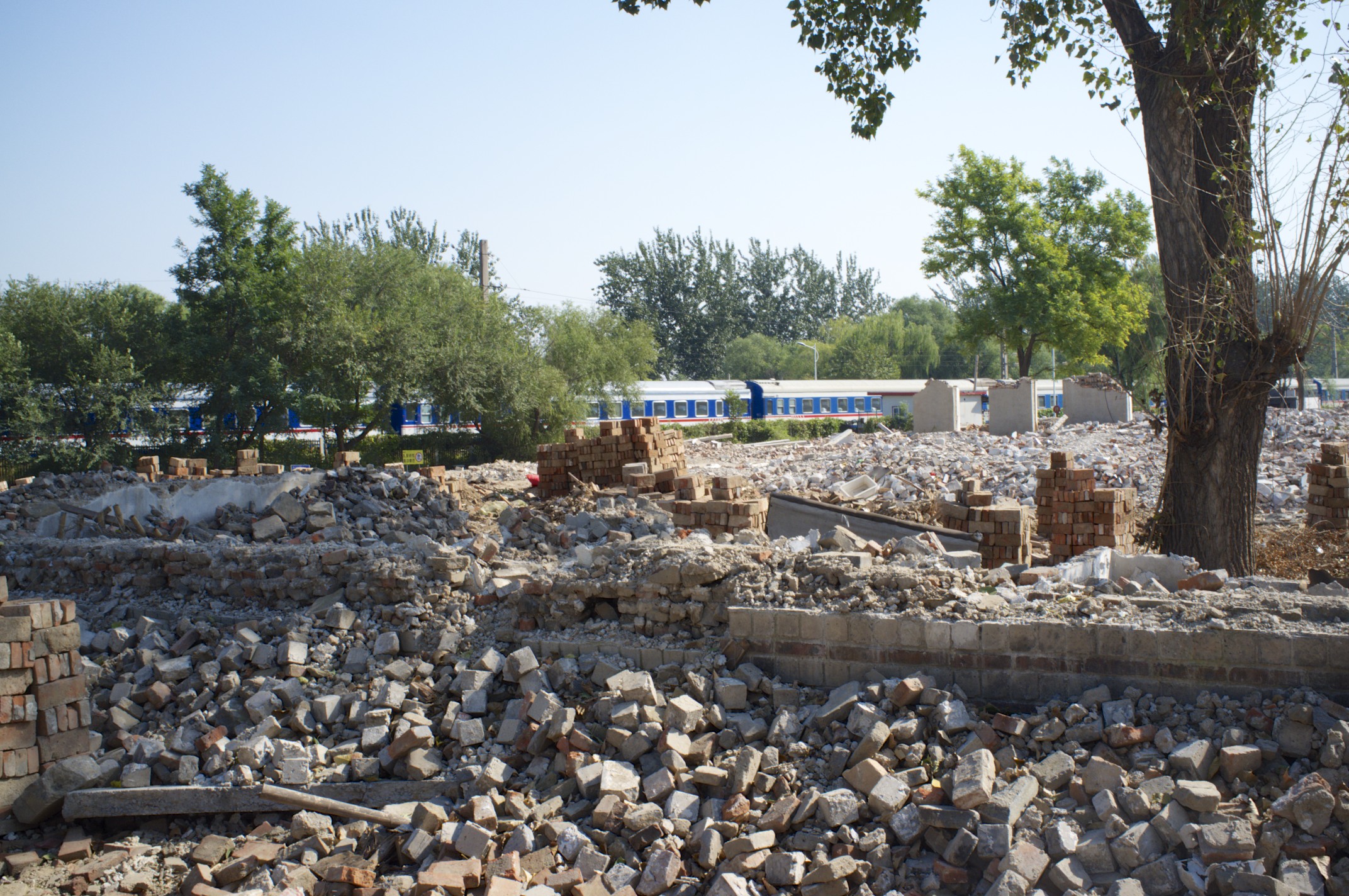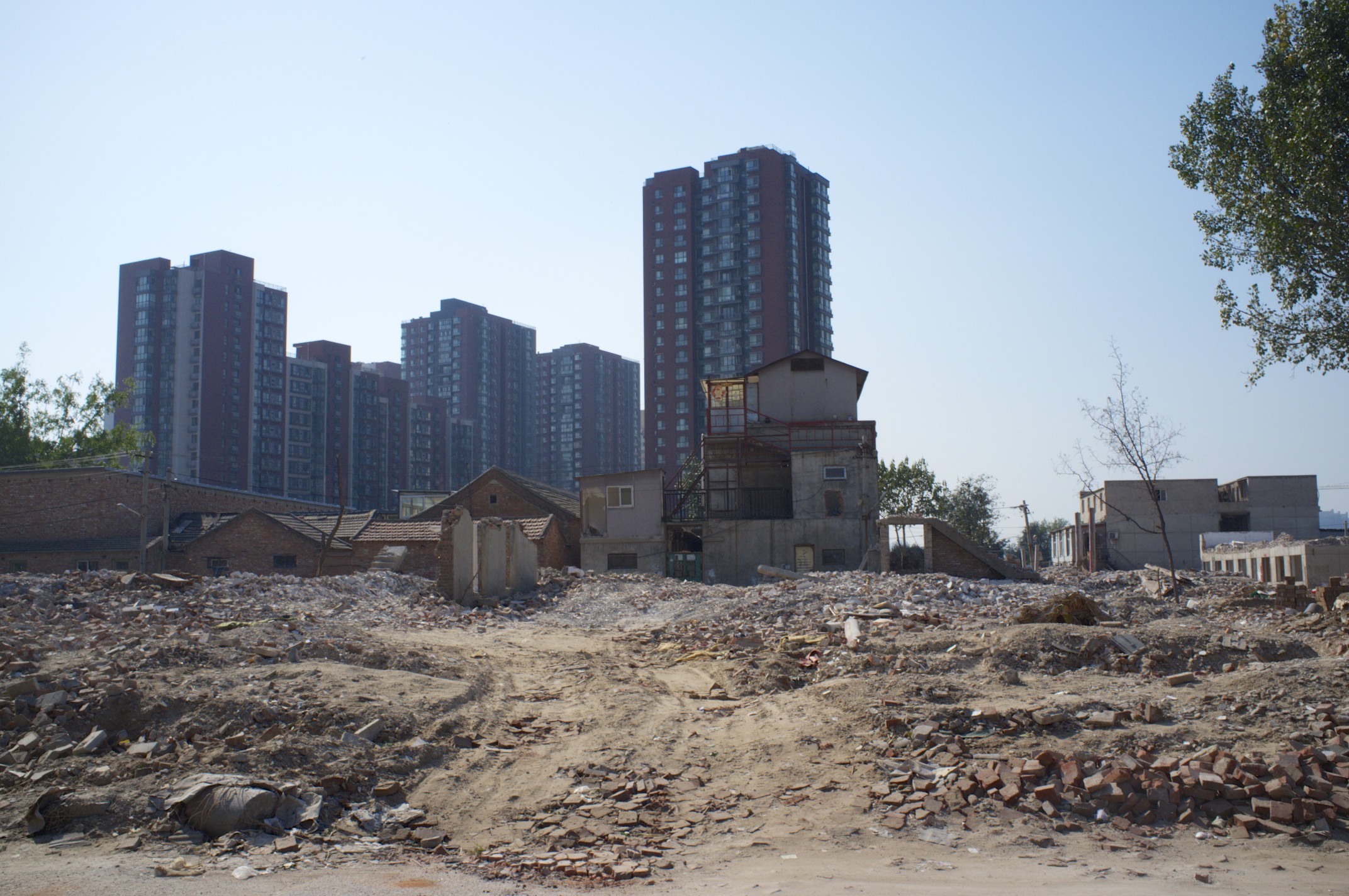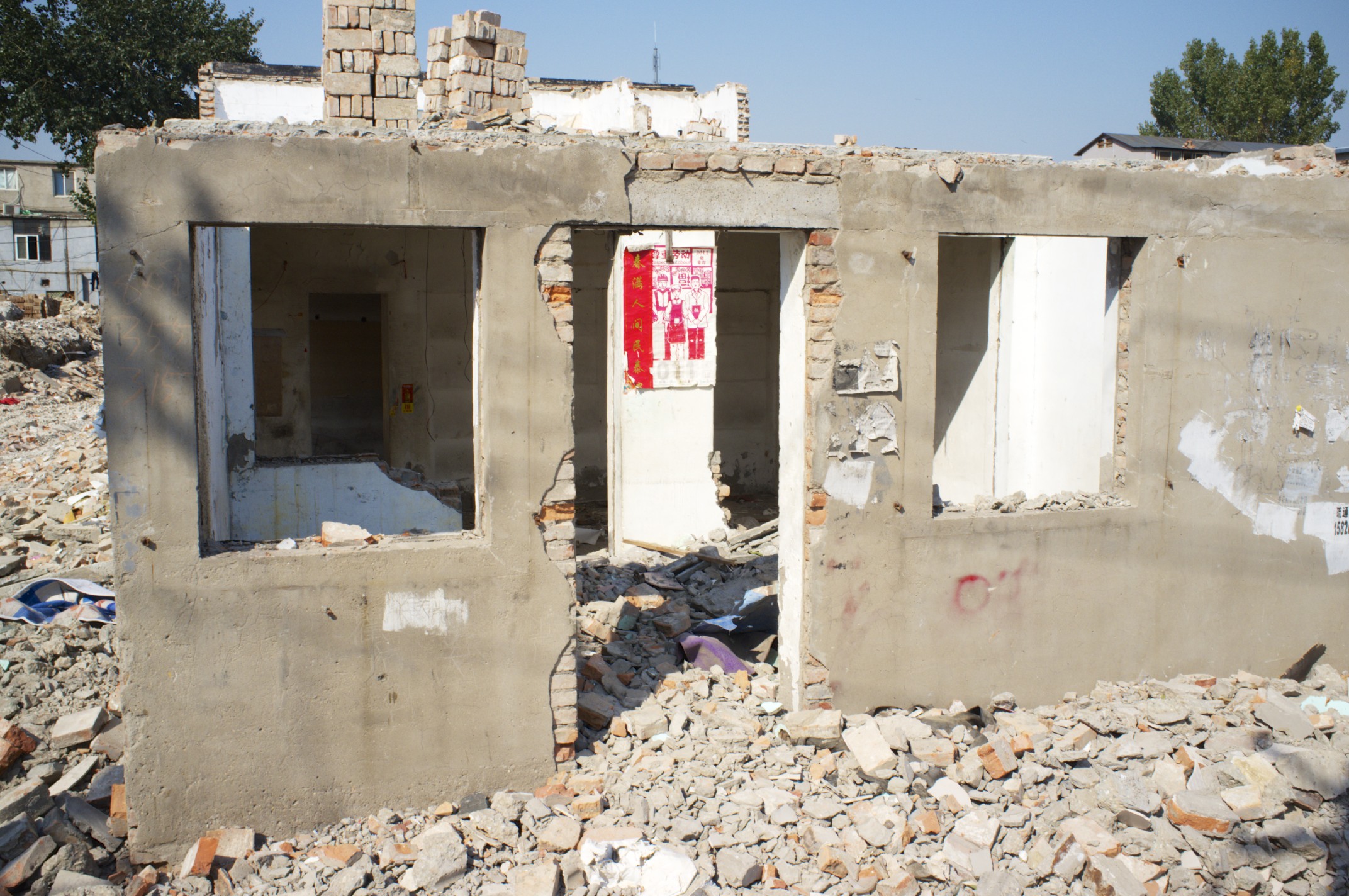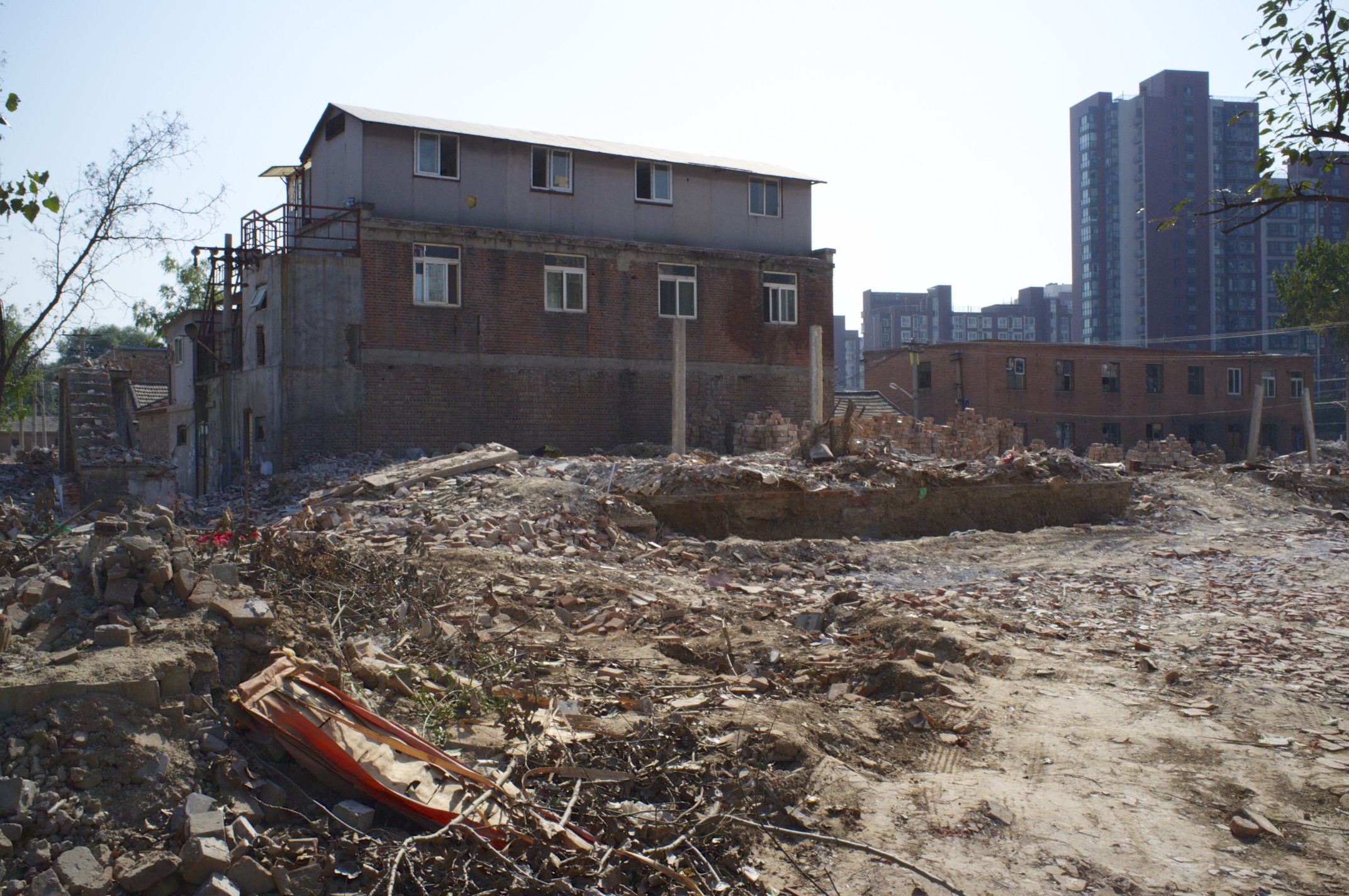When I recently visited my Alma Mater in Cologne, I had to learn that Prof. Dr. Helga Besler passed away in spring 2012, aged 73. I knew she was Emeritus, and we still wrote for many years, but the last ones I lost track of her. She did not use e-mails, because she always said, it's bad for her eyes, and the last letters stayed unanswered. I blamed this routinely to the postal service, and did not even think her time could have been over.
Helga was one of the most influential people in my life and I worked for her as a teaching assistant at the Department for African Research of The University of Cologne, before she encouraged me, even without meeting all requirements of a formal graduation, to go overseas and work as a scientist in the Mining Industry. She supervised first my thesis attempt of using Monte Carlo Models to simulate structures of karst caves and determine their age by that. I choose the topic and approach myself, never had ever tried it, and it was an ultimate failure. Then she supervised my second attempt, in which I validated and refined mathematical models for airborne particulate dispersion, which finally succeeded in 1992 and received the Dr. Prill Prize. I learned from Helga how to conduct research, stay on top of scientific knowledge and how to conduct expeditions to the planet's most remote places.
There is much more to say about Helga's scientific heritage, expeditions and how she mastered her way as a woman in a domain of men. But this will be the topic of a colloquium in summer at the University of Cologne. Helga was for me more than a Professor, but a mentor in my (very) wild days. And she shaped my view on how Professors should be, and ultimately how I am as a Professor myself.
I well remember the last thing we did together in the mid 90s. Based on the experience I gathered during my PhD, we wanted to use radar data to better understand precipitation processes in the Northern Sahara. For that we needed access to the Egyptian air defense radar logs. We never received this (of course), but the negotiation with Egyptian military attaches and high ranking air force officers, was quite an experience. Thinking back to these situations, being surrounded by fierce Arabian men who did not take our "science story", but thought we are Israelian spys, I have to say that my first real lecture in leadership I received from a woman.
